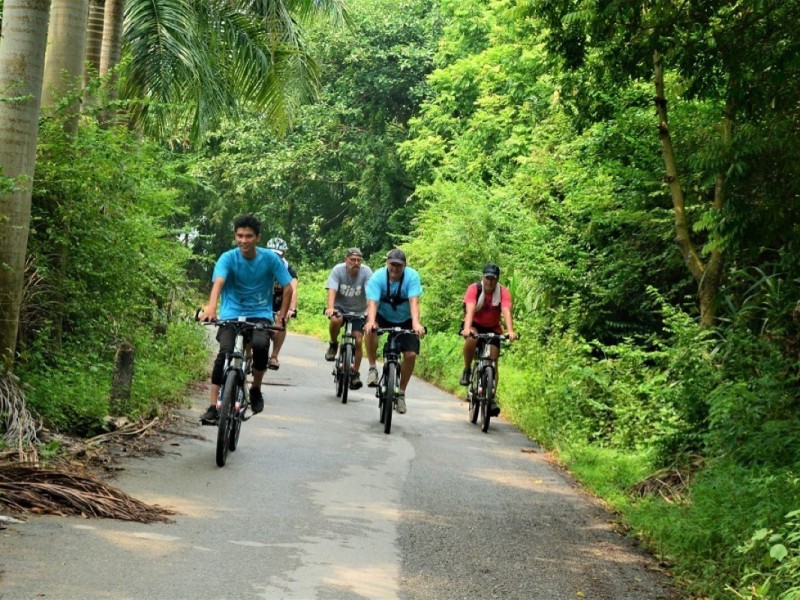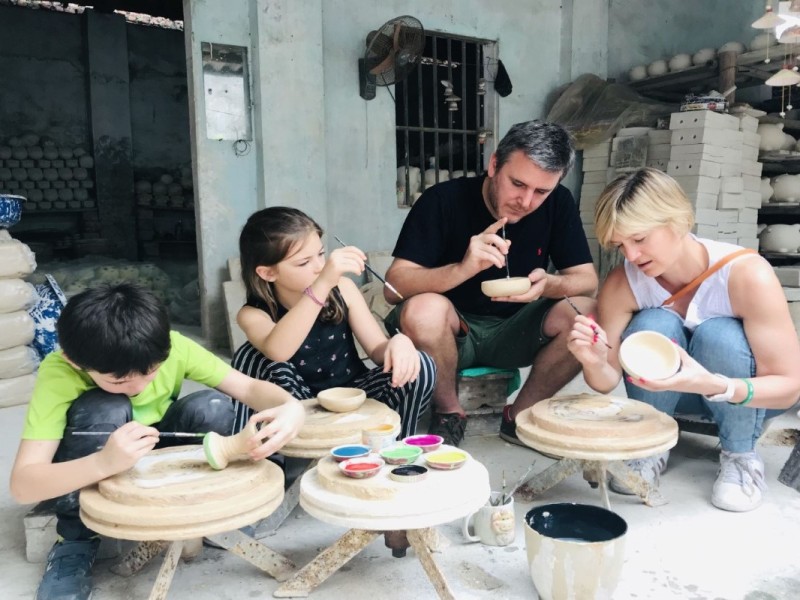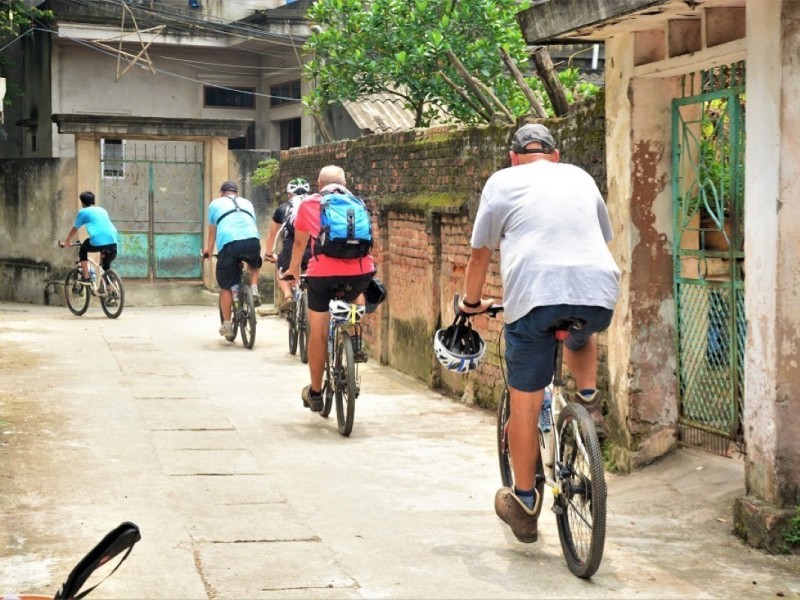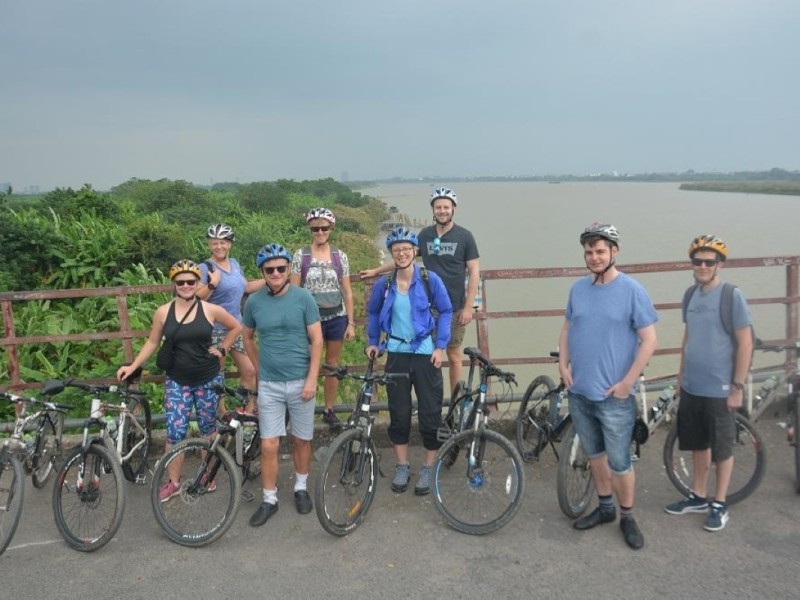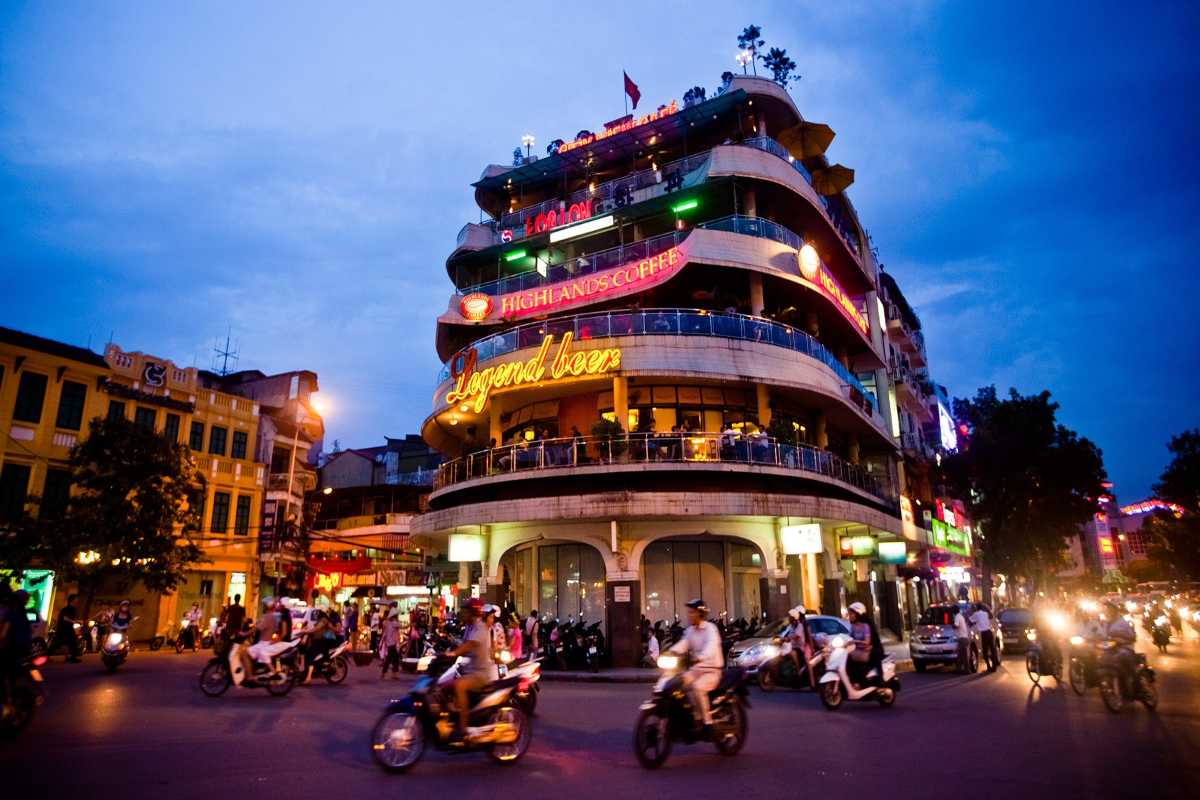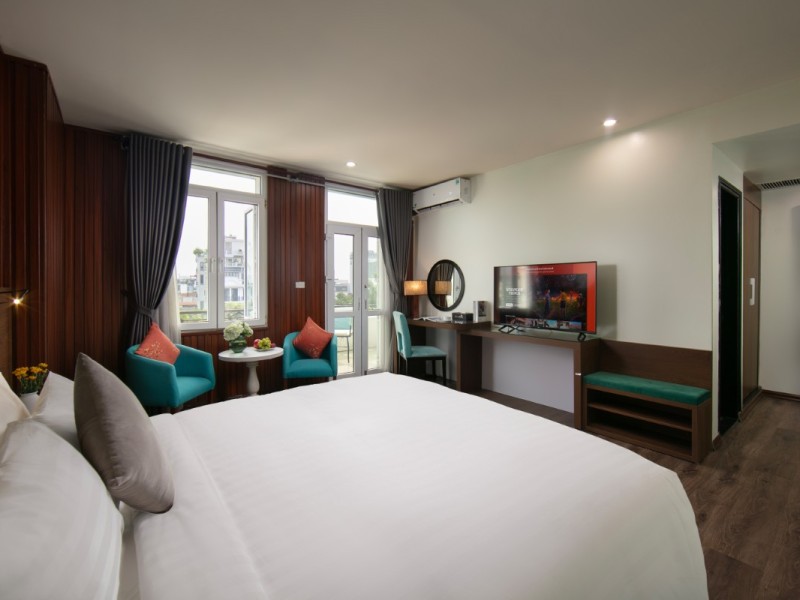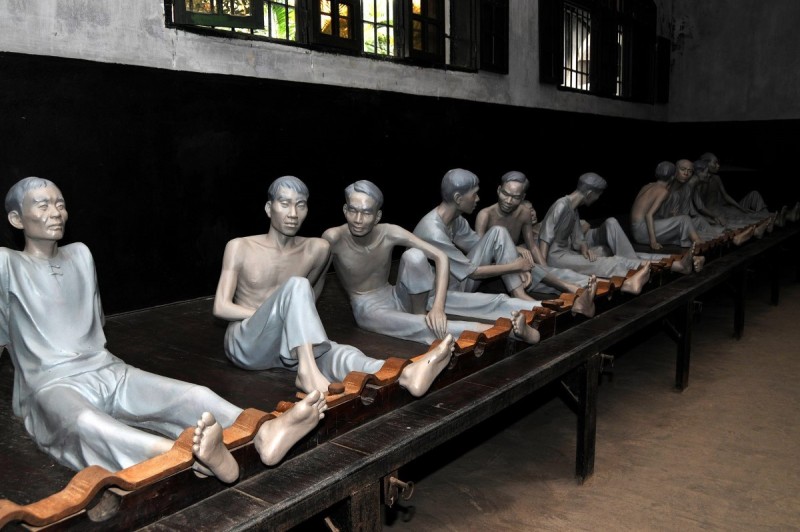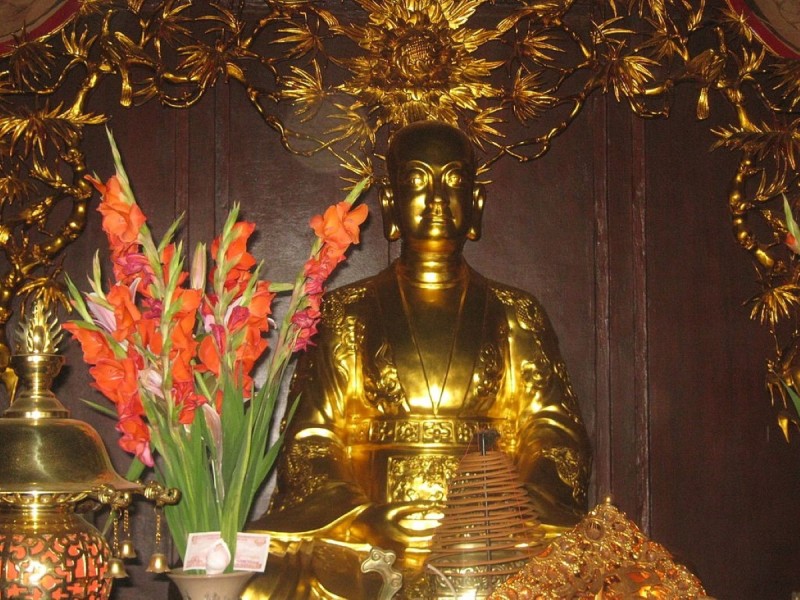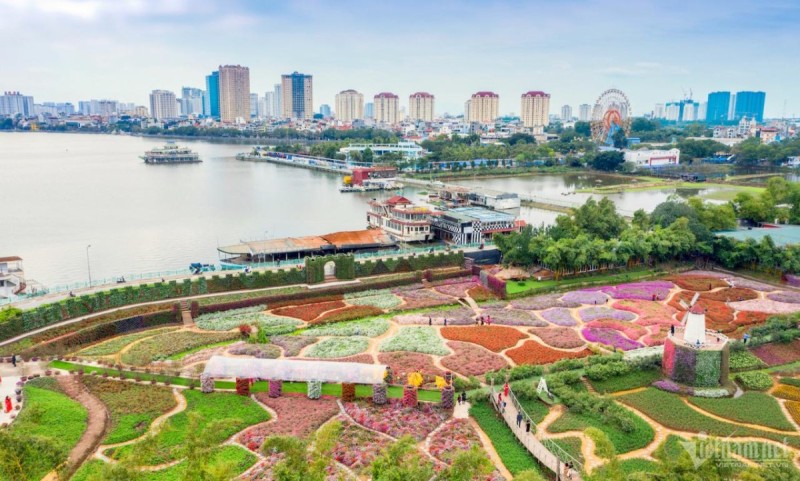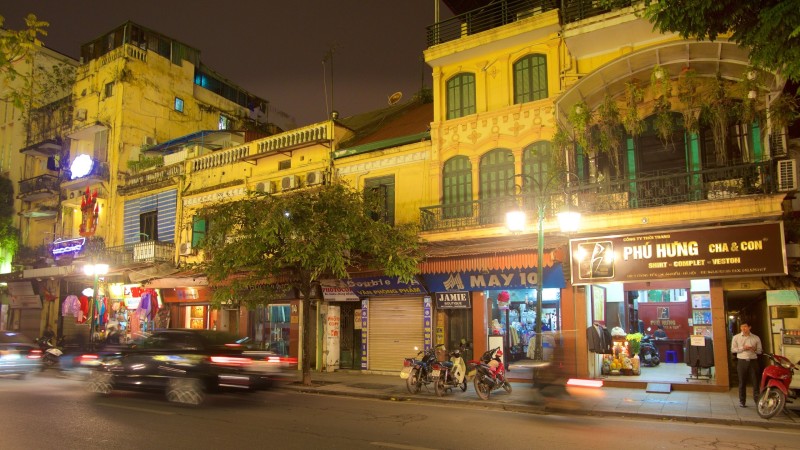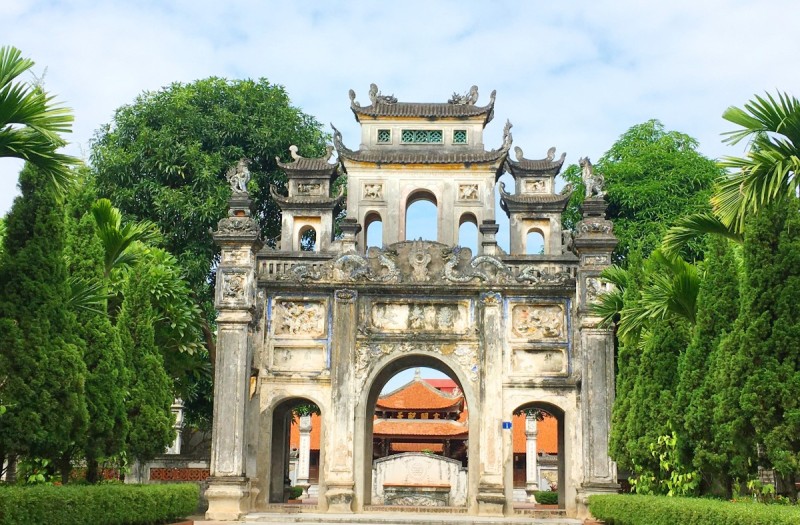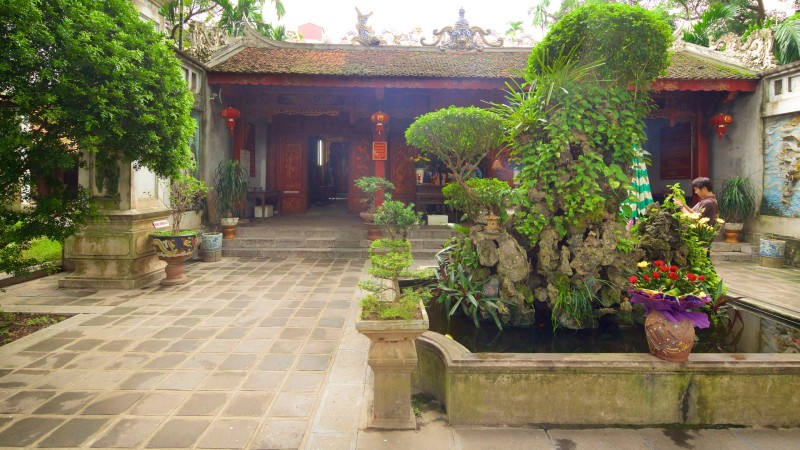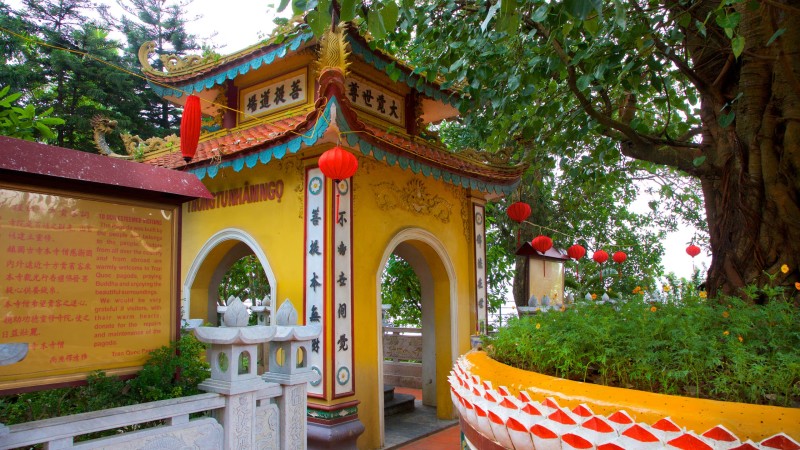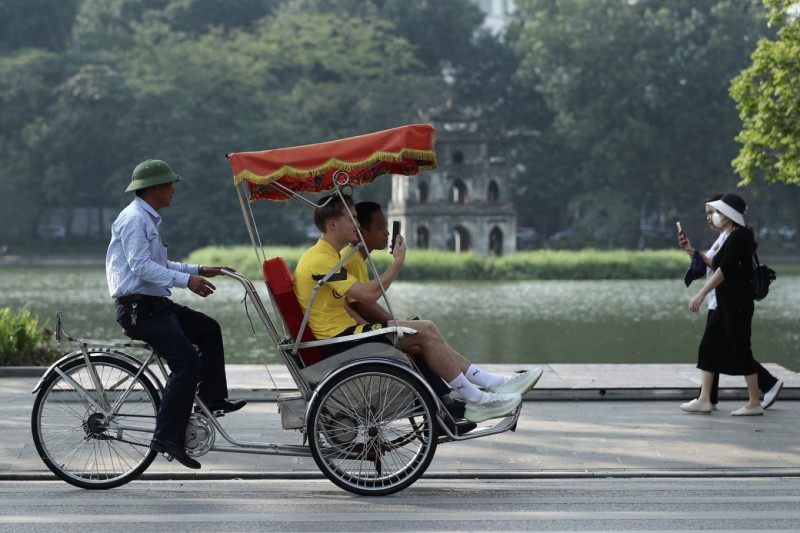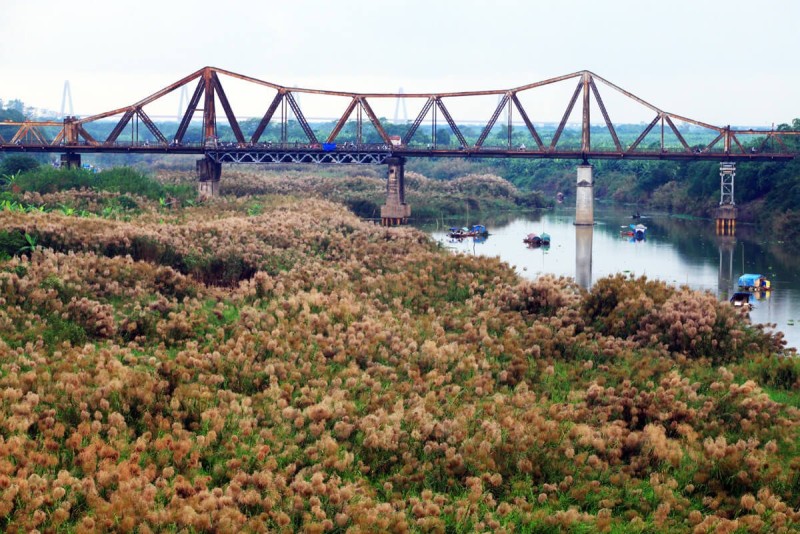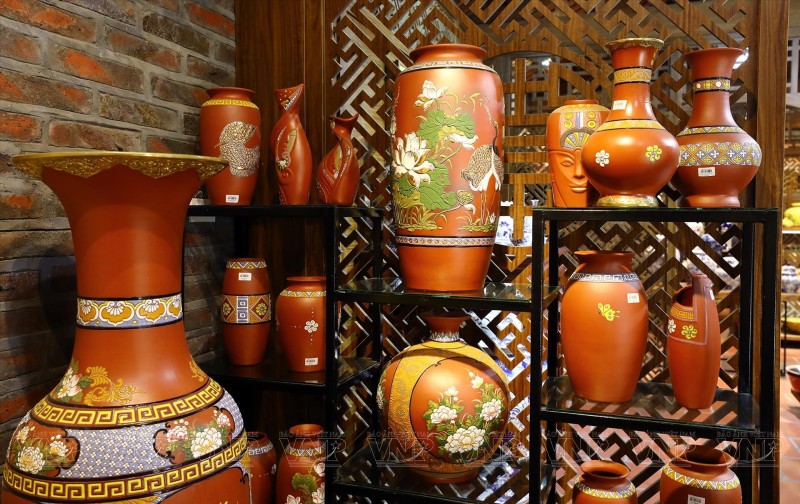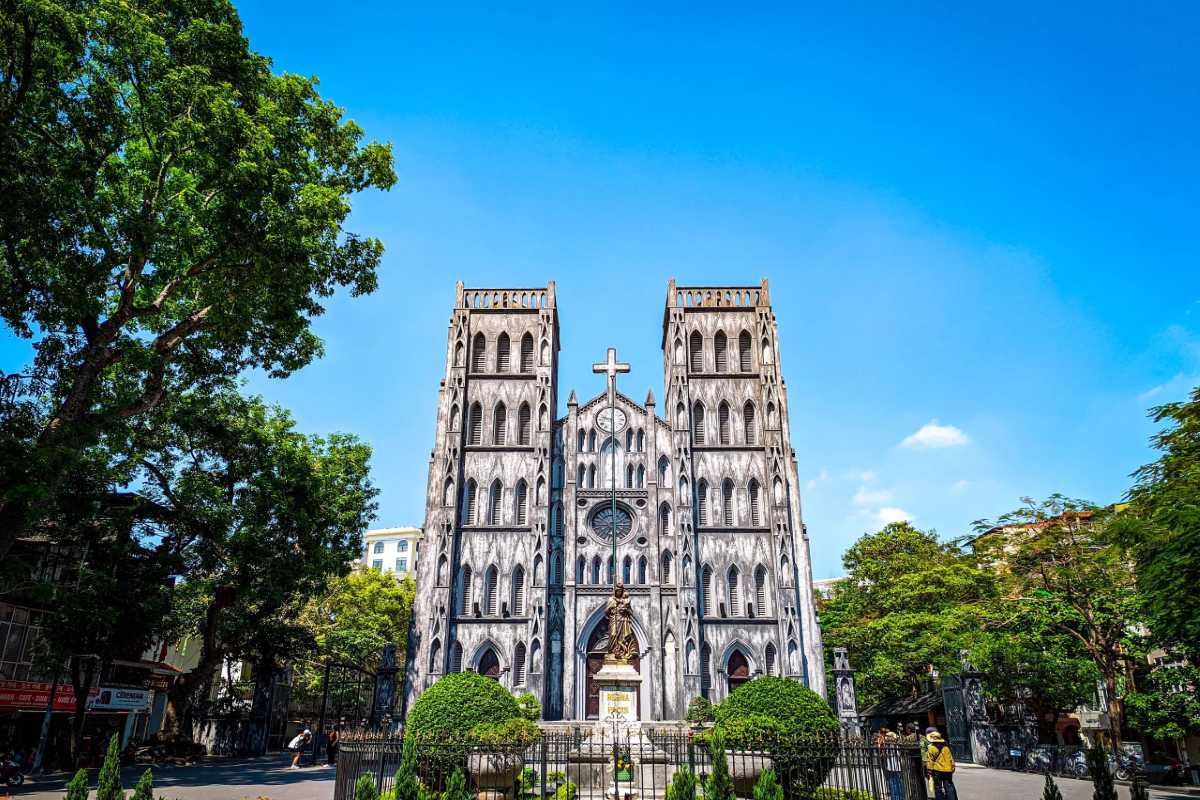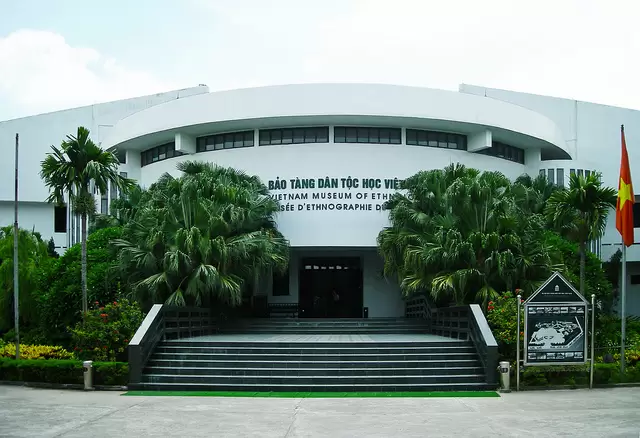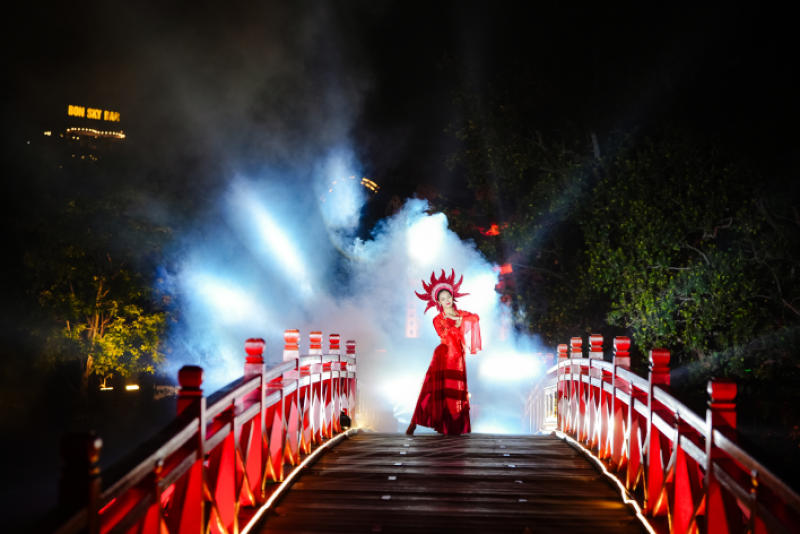Imperial Citadel of Thang Long Hanoi: History & Visitor Guide
The Imperial Citadel of Thang Long Hanoi is a historic fortress offering visitors a unique glimpse into Vietnam’s royal past. This UNESCO World Heritage Site features ancient architecture, archaeological remains, and cultural exhibitions that showcase Hanoi’s rich history and heritage.
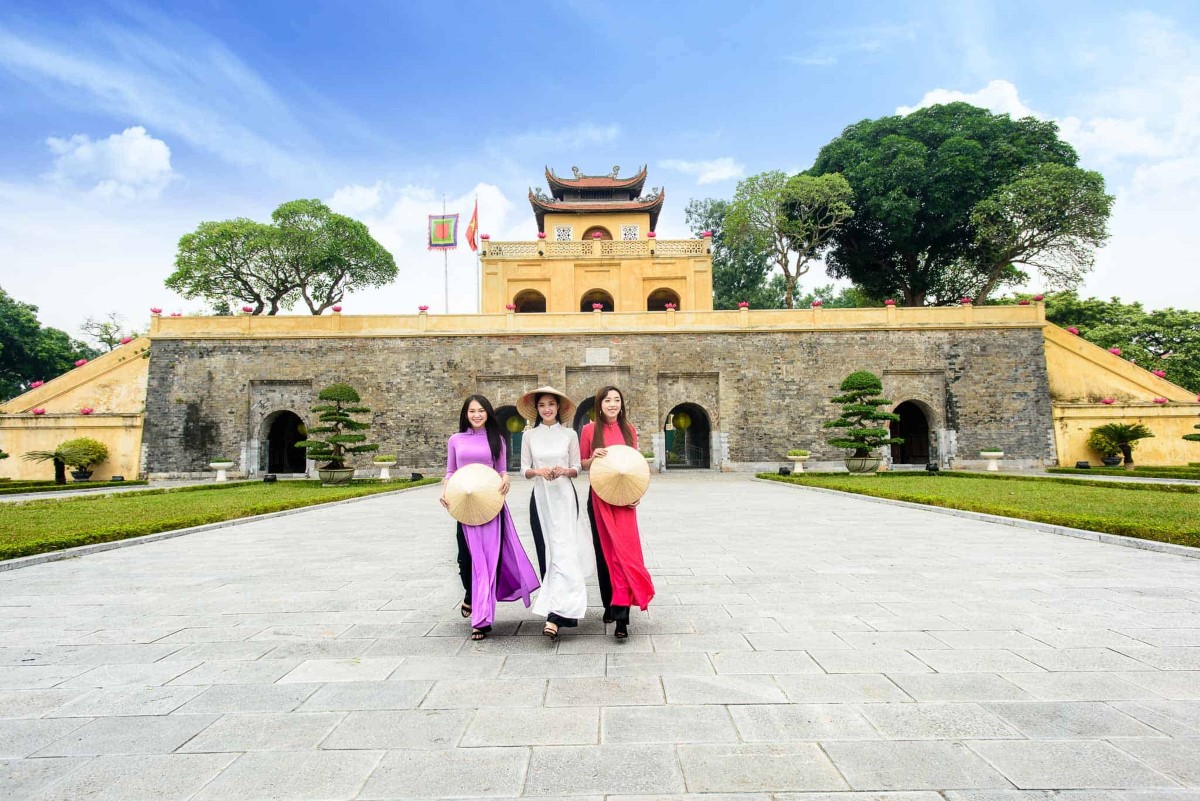
Introduction to the Imperial Citadel of Thang Long
The Imperial Citadel of Thang Long stands as a monumental symbol of Vietnam’s rich history and cultural heritage. Nestled in the heart of Hanoi, this ancient fortress was the political center of several Vietnamese dynasties, embodying centuries of royal legacy and architectural grandeur. Recognized as a UNESCO World Heritage Site, it offers visitors a unique glimpse into the country’s dynastic past and urban evolution. The Imperial Citadel of Thang Long remains a testament to Vietnam’s resilience and cultural pride, inviting travelers to explore its storied walls and archaeological treasures.
Plan your journey to the Imperial Citadel of Thang Long to uncover the historical layers that shaped Hanoi and Vietnam.
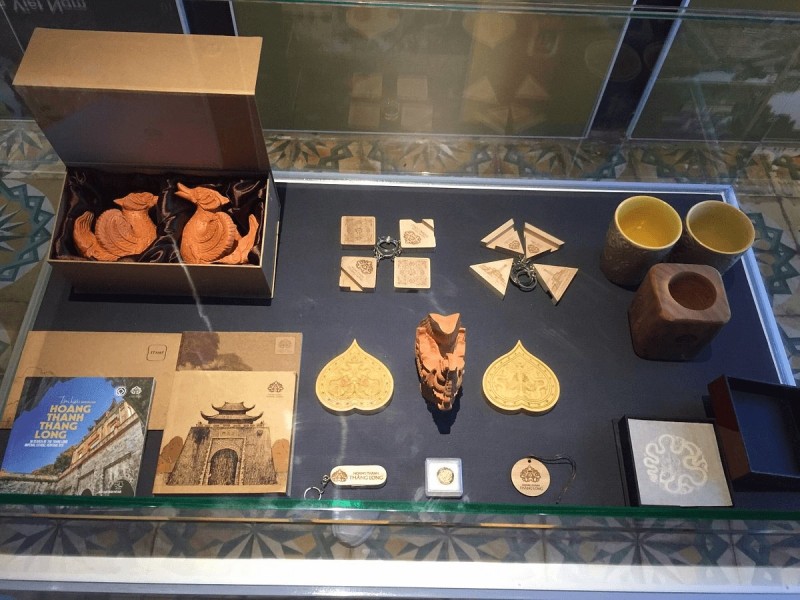
Overview and Significance
The Thang Long Citadel has played a pivotal role in Vietnamese history as the royal seat and political heart of the nation for over a millennium. Established in the 7th century, it witnessed the rise and fall of multiple dynasties, serving as a cultural, administrative, and military stronghold. The citadel is a living symbol of Vietnam’s historical continuity and cultural richness, preserving the legacy of dynastic capitals and royal residences. Visitors can appreciate its importance not only as an architectural marvel but also as a custodian of Vietnam’s identity and heritage.
The cultural significance of the Thang Long Citadel extends beyond its walls, embodying centuries of Vietnamese history and royal tradition. Its historic importance is reflected in ongoing preservation and educational efforts aimed at sharing this heritage with the world.
Explore the profound cultural heritage of the Thang Long Citadel and deepen your understanding of Vietnamese history.
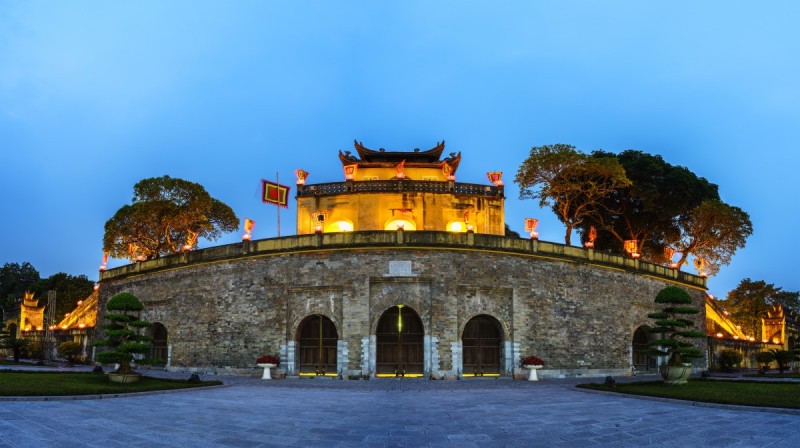
UNESCO World Heritage Status and Global Recognition
The Imperial Citadel of Thang Long earned its designation as a UNESCO World Heritage Site due to its outstanding historical and cultural value. This status recognizes the citadel’s unique role as a historic urban center that has continuously evolved over 1,300 years. UNESCO criteria highlight the site’s exceptional testimony to Southeast Asian history, the preservation of ancient architectural remains, and the importance of ongoing cultural conservation efforts. Being part of this global heritage underscores the citadel’s international significance and ensures its protection for future generations.
Key criteria for the UNESCO listing include:
- Representation of Vietnamese dynastic history and political power.
- Archaeological evidence revealing urban development over centuries.
- Efforts in cultural preservation and community involvement.
Understanding the UNESCO World Heritage Site Vietnam status enhances appreciation of the citadel’s global cultural importance.
Discover why the Imperial Citadel of Thang Long is celebrated worldwide as a treasure of human history and heritage.
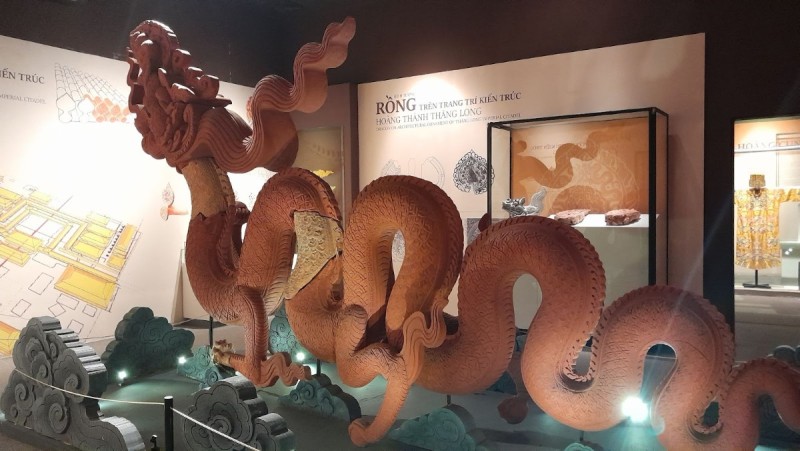
Location and Geographic Context
The Imperial Citadel Hanoi location places this historic site in the Ba Dinh District Hanoi, at the core of the capital’s urban and cultural landscape. Positioned near landmarks such as Hoan Kiem Lake and the Hanoi Old Quarter, the citadel is easily accessible for visitors exploring the city. The surrounding area blends historical architecture with vibrant street life, offering a contextual experience that enriches the visit. Its central location makes it a convenient starting point for cultural tours and an essential stop in any Hanoi itinerary.
Nearby landmarks and access points include:
- Ba Dinh District Hanoi, the political and cultural heart of the city.
- The iconic Hoan Kiem Lake, a symbol of Hanoi’s natural beauty.
- The bustling Hanoi Old Quarter, known for its rich history and street markets.
Plan your visit with ease by understanding the citadel’s strategic location within Hanoi.
Discover the unique blend of history and city life around the Imperial Citadel of Thang Long in Ba Dinh District Hanoi.
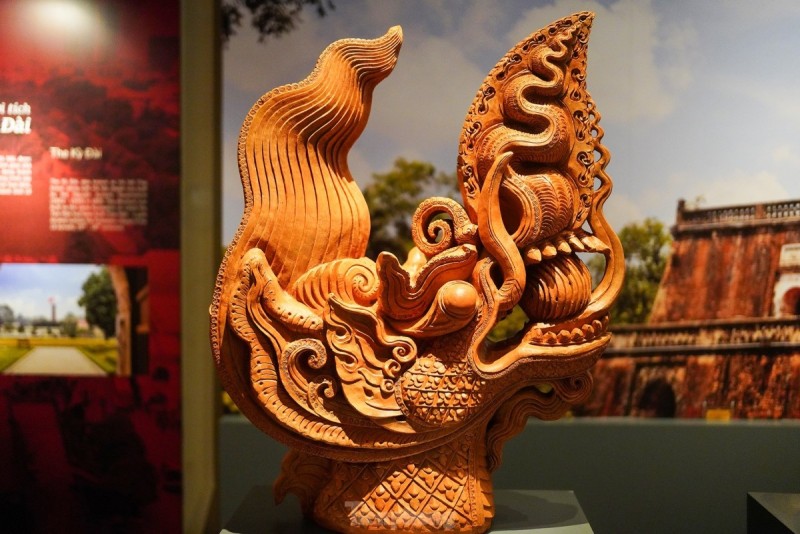
Historical Background of the Imperial Citadel
The Imperial Citadel of Thang Long has a rich history that spans over a millennium, serving as the political and cultural heart of Vietnam through multiple dynasties. Founded during the Ly Dynasty, this citadel witnessed profound architectural and political evolution as successive ruling families shaped its structure and significance. It holds an important place in Vietnamese history as a royal stronghold and a symbol of dynastic power. Visitors can explore archaeological discoveries that reveal the layers of history embedded within its walls, including the iconic Flag Tower Hanoi. The site represents a tapestry of royal architecture and cultural heritage, reflecting the evolution of Vietnam's ancient capitals.
Experience the depth of history and cultural legacy at the Imperial Citadel of Thang Long, a cornerstone of Vietnamese dynastic heritage.
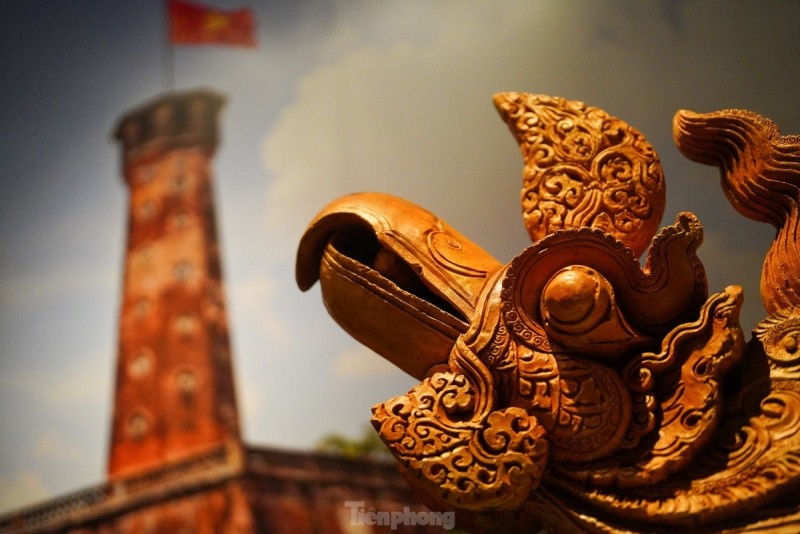
Origins and Construction under the Ly Dynasty
The origins of the Imperial Citadel of Thang Long trace back to the early 11th century during the reign of the Ly Dynasty, when the citadel was constructed as a fortified royal seat. This period marked the establishment of Hanoi as the political center of Vietnam. The citadel's design incorporated traditional Vietnamese architectural elements infused with early Chinese influences, reflecting the era's cultural exchange. The Ly Dynasty laid the foundation for what would become a historic symbol of royal authority and national identity.
Learn about the Ly Dynasty's role in founding the Imperial Citadel of Thang Long, setting the stage for centuries of Vietnamese history.
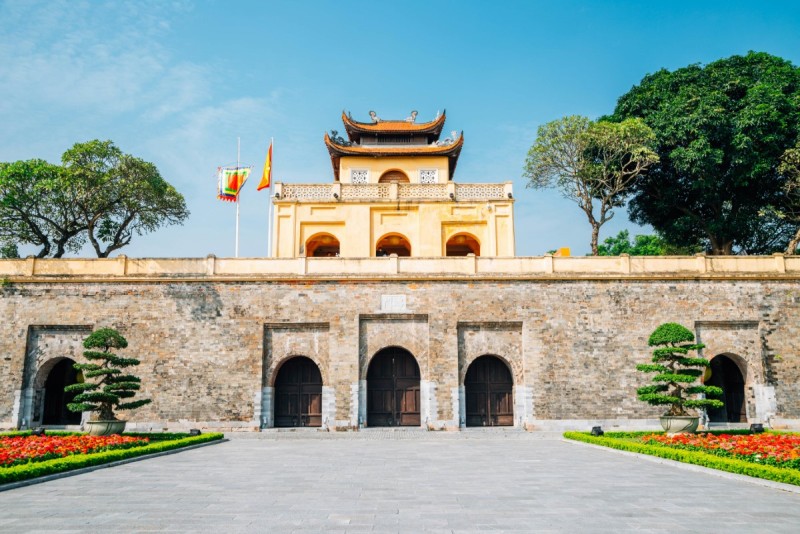
Dynastic Eras and Political Importance
The Imperial Citadel of Thang Long played a vital role during the Tran Dynasty, Le Dynasty, and Nguyen Dynasty, each leaving a distinct mark on its political and cultural landscape. Under the Tran Dynasty, the citadel served as a military and administrative center, supporting the defense of the kingdom against invasions. The Le Dynasty saw an era of cultural flourishing, with enhancements to the citadel’s architecture and expanded royal functions. During the Nguyen Dynasty, the citadel adapted to changing political circumstances while maintaining its symbolic importance as Vietnam’s seat of power.
Explore how the Tran, Le, and Nguyen Dynasties shaped the political importance and evolution of the Imperial Citadel of Thang Long.
Role during the Tran, Le, and Nguyen Dynasties
This section explores the specific functions and historical significance of the Imperial Citadel of Thang Long during the reigns of the Tran, Le, and Nguyen Dynasties. Each dynasty contributed uniquely to the citadel’s political, military, and cultural roles, shaping its legacy through centuries of Vietnamese history.
- Tran Dynasty: Strengthened military fortifications and centralized administrative governance, helping repel foreign invasions.
- Le Dynasty: Fostered cultural and architectural development, expanding the citadel’s ceremonial and residential functions.
- Nguyen Dynasty: Preserved the citadel’s political significance while facing pressures of modernization and colonial influence.
Together, these dynasties ensured that the Imperial Citadel of Thang Long remained a powerful symbol of Vietnamese sovereignty and heritage.
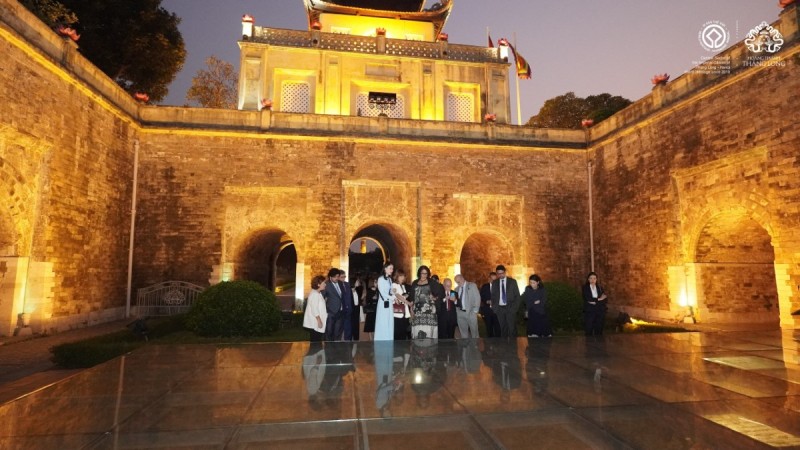
Architectural Evolution and Influences
The architectural evolution Imperial Citadel reveals a rich tapestry of design shaped by various cultural influences over centuries. The citadel’s structures reflect a blend of indigenous Vietnamese traditions alongside Chinese and French colonial elements. This multicultural architectural fusion illustrates how historical events and foreign interactions influenced the physical form and aesthetic of the site. Understanding these layers provides deeper insight into the citadel’s unique character and historical significance.
Explore how Vietnamese, Chinese, and French architectural styles combined to shape the Imperial Citadel of Thang Long into a living monument of cultural heritage.
Vietnamese, Chinese, and French Architectural Elements
The architectural landscape of the Imperial Citadel of Thang Long reflects contributions from three primary cultural styles. Each brought distinct features and design philosophies, resulting in a complex and historically layered site.
- Vietnamese Architectural Style: Emphasizes wooden structures, curved rooflines, and integration with natural surroundings, embodying local craftsmanship and symbolism.
- Chinese Architectural Influences: Introduced symmetrical layouts, ornate decorations, and the use of stone and brick in fortifications, reflecting traditional imperial designs.
- French Colonial Architecture Hanoi: Added European materials and design elements such as wrought iron, tiled roofs, and administrative buildings during the colonial period.
These diverse elements create a unique architectural dialogue that narrates the citadel’s evolving history.
Understanding these styles enriches your appreciation of the Imperial Citadel of Thang Long as a site of layered cultural significance.
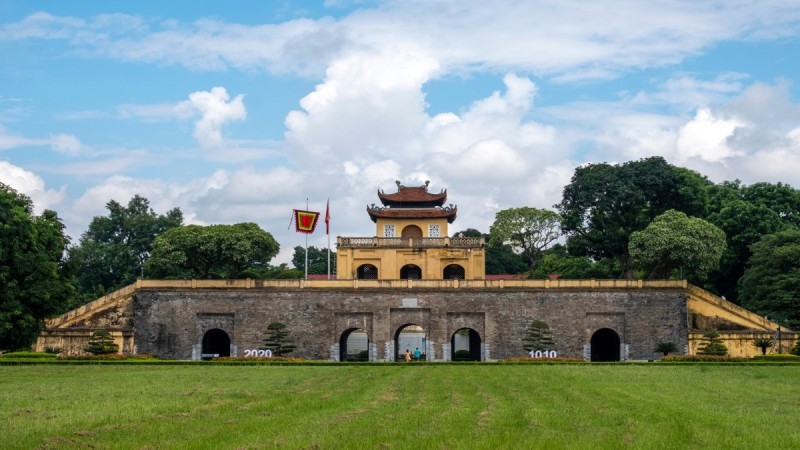
Archaeological Discoveries and Historical Findings
The archaeological discoveries Hanoi at the Imperial Citadel of Thang Long have shed invaluable light on the site’s ancient origins and evolving history. Excavations have revealed layers of artifacts, building foundations, and cultural relics that trace back over a thousand years. These findings not only enrich understanding of the citadel’s past but also provide tangible connections to Vietnam’s dynastic heritage and urban development. The archaeological research conducted here plays a crucial role in preserving and interpreting this UNESCO World Heritage Site.
Discover the remarkable excavations and artifact highlights that illuminate the Imperial Citadel of Thang Long’s historical narrative.
Key Excavations and Artifact Highlights
Significant archaeological excavations at the Imperial Citadel of Thang Long have uncovered a wealth of cultural treasures. These discoveries provide insights into the daily lives, governance, and artistry of past Vietnamese dynasties.
- Foundations of ancient palaces and administrative buildings revealing construction techniques.
- Ceramic and bronze artifacts illustrating craftsmanship and trade relations.
- Remnants of defensive walls and moats that protected the royal complex.
- Inscriptions and relics that document historical events and royal decrees.
These key excavations help piece together the historical puzzle of the Imperial Citadel of Thang Long, deepening cultural appreciation.
Significance of the Flag Tower and Palace Remnants
The Flag Tower Hanoi and palace remnants stand as iconic symbols within the Imperial Citadel of Thang Long, representing both historical endurance and architectural grandeur. The Flag Tower Hanoi is a rare surviving structure from the original citadel, serving as a cultural emblem of Hanoi and national pride. The palace ruins provide glimpses into royal life and the grandeur of past Vietnamese rulers, preserving architectural styles unique to each dynasty.
Understanding the importance of these structures enriches the visitor experience, connecting present-day explorers to the citadel’s storied past.
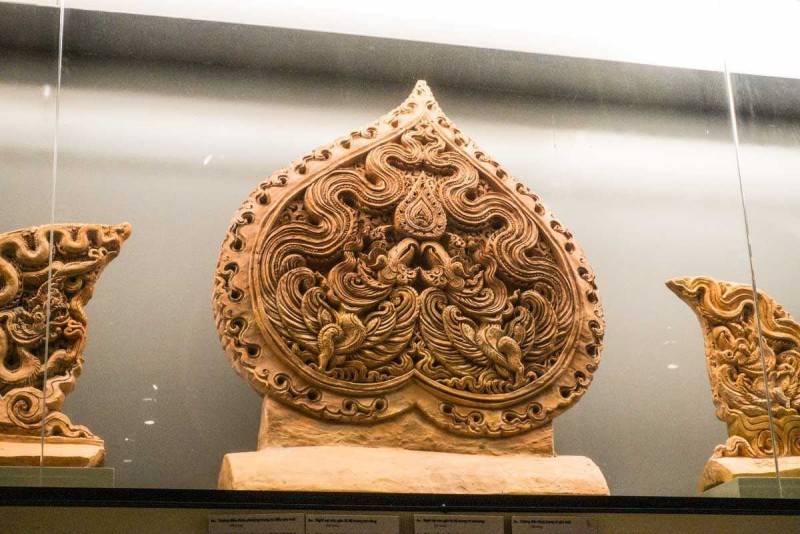
Visitor Information and Practical Guide
The Imperial Citadel of Thang Long welcomes visitors with a wealth of practical information designed to make your visit smooth and enjoyable. Located in the heart of Hanoi, the citadel is accessible through various transport options, offers clear entry guidelines, and provides facilities to accommodate diverse visitor needs. Understanding opening hours, ticket pricing, and accessibility will help you plan your trip effectively. Whether you’re using public transport, taxis, or walking through nearby landmarks, this guide covers everything you need for a hassle-free experience.
Plan your visit to the Imperial Citadel of Thang Long with confidence using this practical guide to transportation, tickets, and visitor facilities.
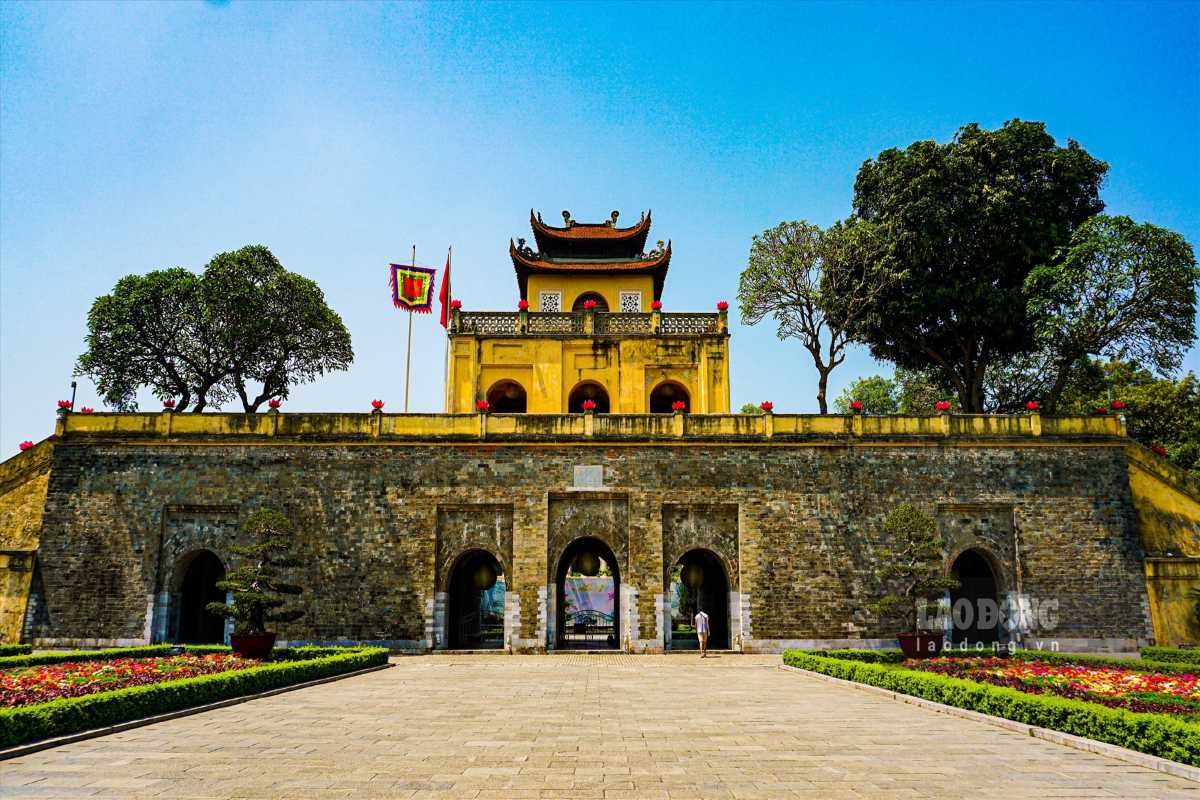
How to Get There
Reaching the Imperial Citadel of Thang Long is straightforward thanks to multiple transport options serving the Ba Dinh District area. Visitors can choose public buses, taxis, ride-hailing apps, or even enjoy walking routes from nearby landmarks. Knowing your options will help you save time and navigate the city with ease.
Learn how to get to the Imperial Citadel Hanoi using the best transport methods available.
Public Transport Options and Routes
The most cost-effective way to reach the citadel is by public bus. Several routes pass close to the site, including:
- Bus No. 09: Stops near Ba Dinh Square, a short walk to the citadel entrance.
- Bus No. 22: Routes through Hoang Dieu Street, providing easy access.
- Bus No. 34: Serves central Hanoi and connects to the citadel area.
Using public buses offers an authentic city experience while saving money and avoiding traffic.
Taxi and Ride-Hailing Services
Taxis and ride-hailing apps like Grab and Mai Linh provide convenient, door-to-door transport to the citadel. These options are ideal if you prefer comfort or are traveling in groups. Consider the following:
- Grab offers competitive prices and app-based booking for ease.
- Mai Linh taxis are widely available and reputable in Hanoi.
- Taxi rides can be faster but may cost more during peak hours.
Choosing taxis or ride-hailing services ensures flexibility and comfort for your visit.
Walking and Nearby Landmarks for Orientation
If you enjoy exploring on foot, the Imperial Citadel of Thang Long is within walking distance of several key Hanoi landmarks. Use these spots to orient yourself:
- Hoan Kiem Lake: A popular scenic area, about 2 km from the citadel.
- Hanoi Old Quarter: Bustling with shops and eateries, perfect for a walking tour that includes the citadel.
- Ba Dinh Square: Adjacent to the citadel and home to several historical monuments.
Walking between these sites offers a rich cultural experience while making navigation simple.
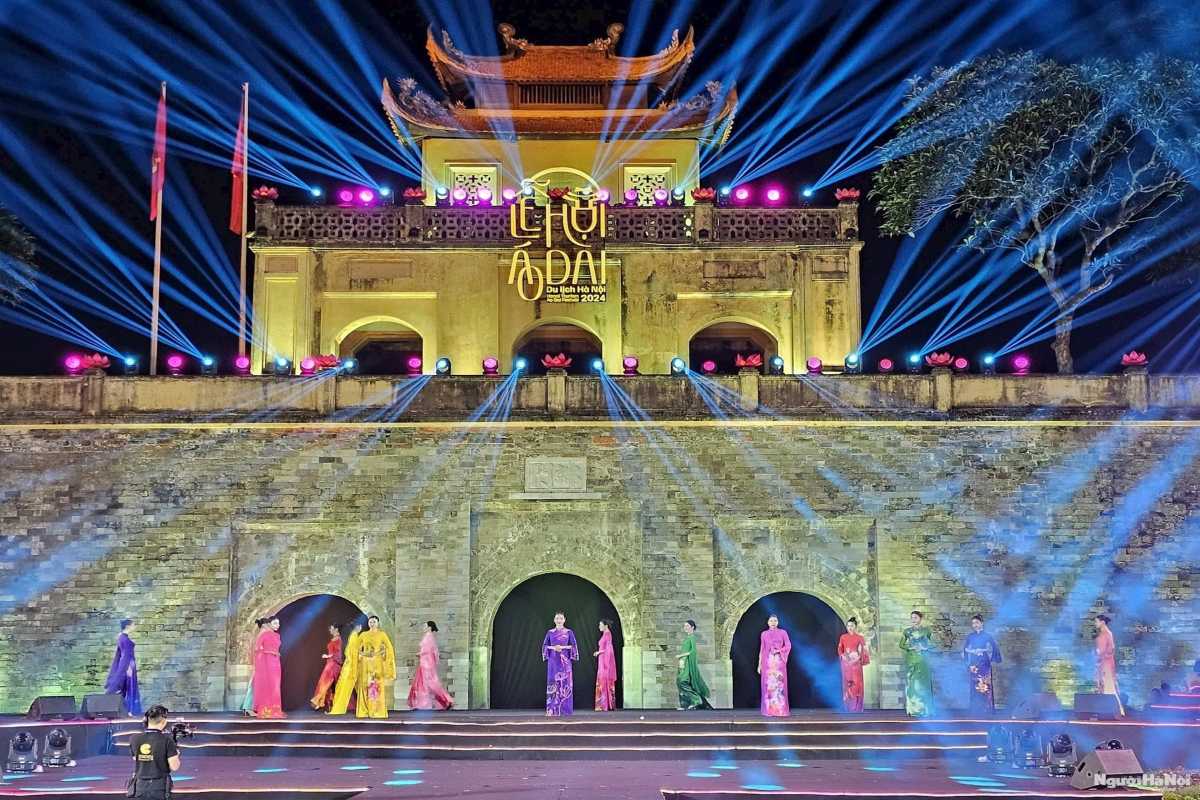
Opening Hours and Entry Fees
When planning your visit to the Imperial Citadel of Thang Long, it’s important to know the opening hours and entry fees to ensure a smooth and enjoyable experience. The citadel operates daily, but hours may vary during holidays or special events, so it’s always a good idea to check before visiting.
- Opening Hours:
- Monday to Sunday: 8:00 AM – 5:00 PM
- Closed on major Vietnamese holidays and special events
- Entry Fees:
- Adults: 30,000 VND
- Students and children: 10,000 VND
- Free entry on select national holidays
These Imperial Citadel opening hours and ticket prices Imperial Citadel are set to accommodate both local and international visitors.
Plan your visit around these hours to make the most of your time at the Imperial Citadel of Thang Long.
Ticket Pricing and Discounts
Ticket prices for the Imperial Citadel of Thang Long are designed to be affordable for both local and international visitors. Additionally, discounts are available for specific groups, making it an accessible historical site for all.
- Adults: 30,000 VND
- Students and Children: 10,000 VND
- Discounts Available:
- Students: 50% off regular entry fees
- Group Tickets: Special rates for groups of 10 or more
- Free entry for children under 5 years old
- Senior citizens (over 60): 50% off
These ticket prices Imperial Citadel offer a great value for the wealth of history and culture available to visitors.
Make sure to check for available discounts before purchasing your tickets to maximize savings.
Special Access or Event Days
The Imperial Citadel of Thang Long offers several opportunities to enjoy the site during special events or with free-entry days, perfect for visitors looking to experience cultural events or save on entry fees.
- Thang Long Festival: Free entry and cultural performances during this annual event.
- National Holidays: Free entry on Vietnam's major holidays, such as National Day and the Lunar New Year.
- Special Events: Occasionally, special access is granted for evening tours or private events.
If you’re planning to visit during one of these special access days, be sure to arrive early as these dates can attract large crowds.
Stay informed about special event days Imperial Citadel to experience a unique cultural atmosphere during your visit to this UNESCO World Heritage site.

Best Times to Visit
The best time to visit Imperial Citadel depends largely on your preferences for weather and crowds. Hanoi has distinct seasons, with hot summers and cool winters, and it’s essential to plan your trip around the most comfortable and less crowded times. Whether you're hoping to experience the site with fewer visitors or in the most favorable weather, the right timing can greatly enhance your visit.
Here’s what you should consider when planning the best time to visit Imperial Citadel:
- Peak Tourist Seasons: The citadel is busiest during the winter months (November to February), especially during the Lunar New Year holiday.
- Best Weather: Spring (March to May) and autumn (September to November) offer the most pleasant weather, with mild temperatures and clear skies.
- Low Crowds: For a quieter experience, visit during the shoulder seasons in late spring or early autumn when tourism slows down.
Maximize your comfort and experience by choosing the optimal time for your visit to the Imperial Citadel of Thang Long.
Seasonal Weather Considerations
When visiting the Imperial Citadel of Thang Long, it’s important to understand the seasonal weather in Hanoi so you can pack accordingly and enjoy your visit. The city experiences four distinct seasons, each with its own weather patterns.
- Spring (March to May): Mild temperatures, occasional light rain, making it a great time for sightseeing.
- Summer (June to August): Hot and humid, with temperatures rising above 30°C (86°F), and occasional thunderstorms.
- Autumn (September to November): Pleasant temperatures and clear skies, ideal for outdoor activities.
- Winter (December to February): Cool and dry, with temperatures around 15°C (59°F), which can feel chilly in the evenings.
Plan accordingly for the seasonal weather Hanoi to make your visit more comfortable.
Crowd Patterns and Optimal Visiting Hours
Visiting the Imperial Citadel of Thang Long during less crowded hours will enhance your experience and allow you to explore the site peacefully. Hanoi sees a significant influx of tourists during peak seasons, so choosing the right visiting hours is crucial.
- Peak Tourist Times: Early mornings and weekends during the Lunar New Year (Tet) and summer holidays are the busiest.
- Best Visiting Hours: For fewer crowds, plan to visit early in the morning right when the citadel opens (8:00 AM) or later in the afternoon after 3:00 PM.
- Quietest Days: Mid-week visits (Tuesday to Thursday) tend to be quieter, with fewer tourists and more space to explore.
Plan your visit around these crowd patterns Hanoi for a more comfortable and immersive experience at the Imperial Citadel of Thang Long.
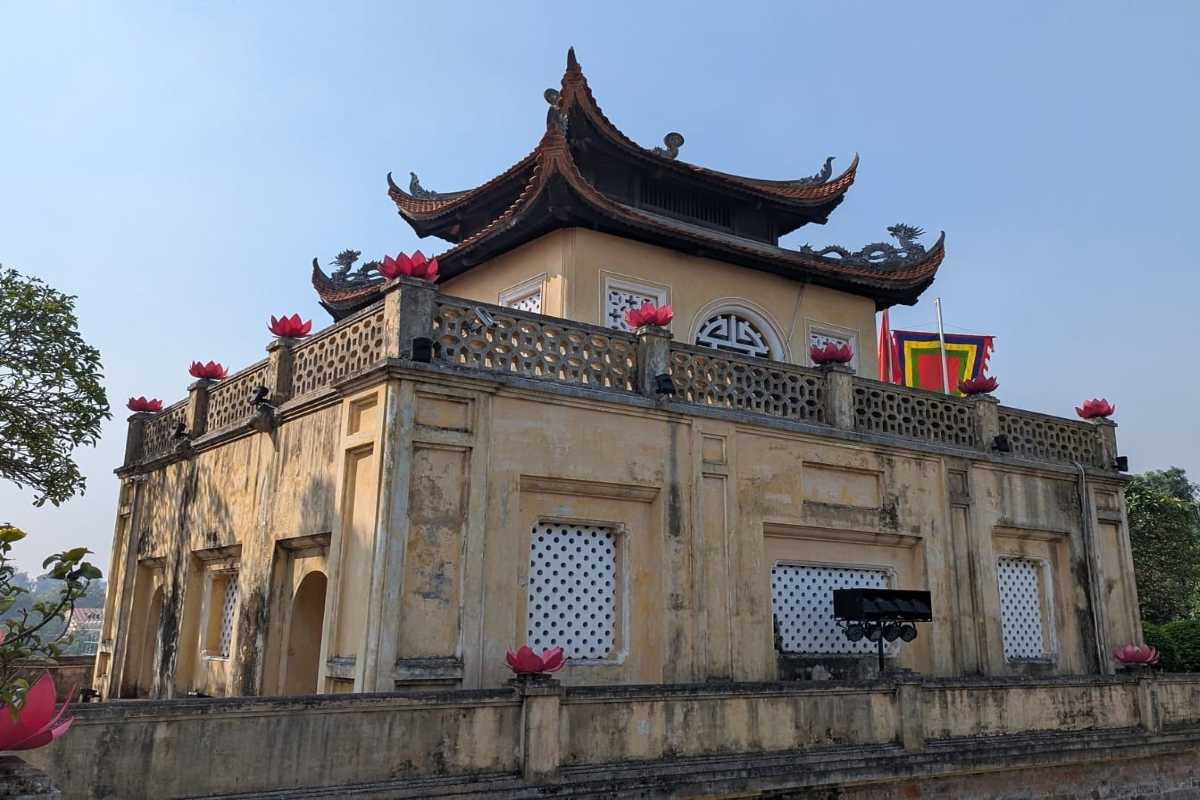
Facilities and Accessibility
The Imperial Citadel of Thang Long provides a range of facilities to ensure visitors’ comfort and accessibility, making it suitable for all kinds of travelers. From basic amenities like restrooms and cafes to essential services for visitors with disabilities, the citadel is well-equipped to handle different needs. Whether you're planning a quick visit or an in-depth exploration, you'll find everything you need to enjoy a smooth experience.
Check out the facilities Imperial Citadel has to offer for a hassle-free visit to one of Hanoi’s most iconic landmarks.
On-site Amenities and Visitor Services
At the Imperial Citadel of Thang Long, visitors can enjoy various amenities that enhance their visit:
- Restrooms: Conveniently located throughout the site for ease of access.
- Cafes and Snack Bars: Enjoy a variety of local refreshments and light meals while taking a break.
- Guides and Information Centers: Knowledgeable staff available for guided tours or providing helpful information about the citadel’s history.
- Gift Shop: Take home a piece of history with souvenirs that reflect the citadel’s rich cultural heritage.
These visitor services Imperial Citadel ensure that your visit is comfortable and informative.
Accessibility for Disabled Visitors
The Imperial Citadel of Thang Long is committed to providing access for all visitors, including those with disabilities. The site offers various accommodations to ensure a comfortable and inclusive experience:
- Wheelchair Access: Designated paths and ramps make it easier for visitors with mobility impairments to navigate the site.
- Elevators: Available for easier access to upper levels.
- Wheelchairs Available on Request: Complimentary wheelchairs are available at the entrance for visitors who need them.
- Accessible Restrooms: Equipped to cater to visitors with mobility challenges.
These accessibility features ensure that all visitors, regardless of their physical ability, can enjoy the Imperial Citadel of Thang Long.
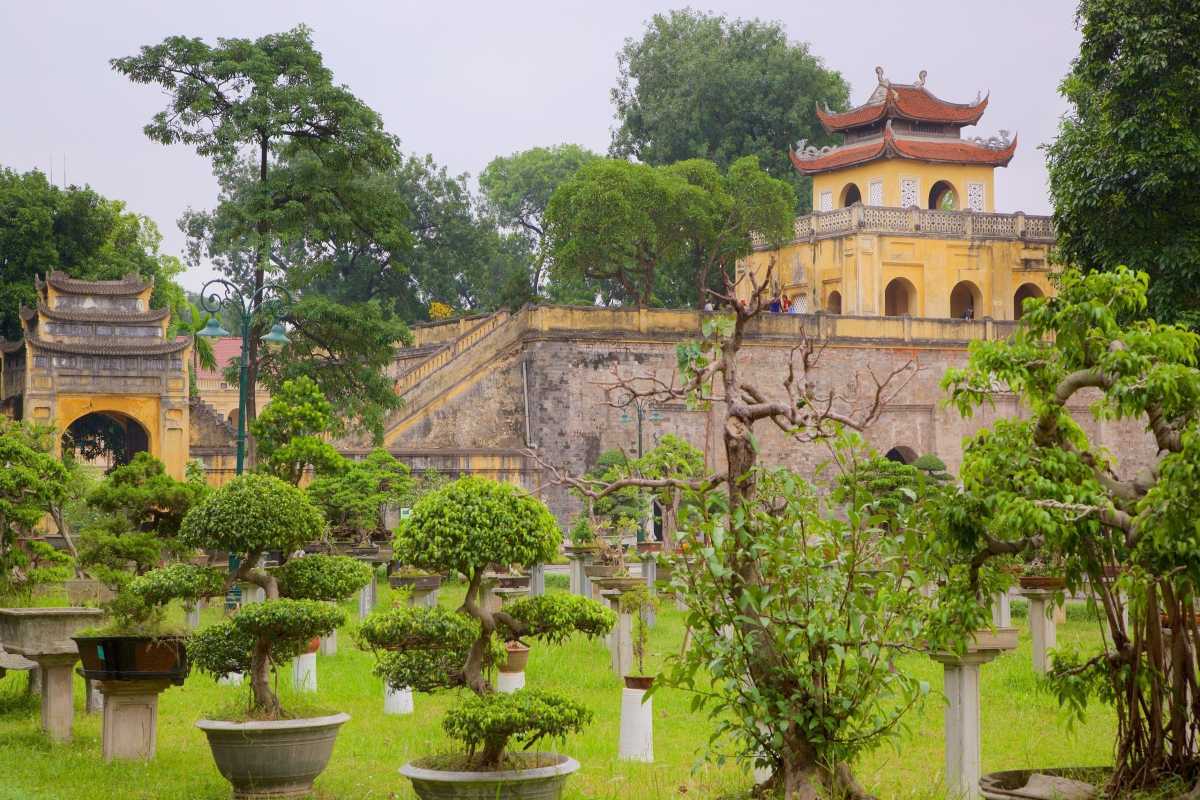
Attractions and Things to See within the Citadel
The Imperial Citadel of Thang Long is home to several fascinating attractions that bring its rich history to life. As one of Hanoi’s most significant historical sites, visitors can explore its many architectural wonders, cultural exhibitions, and archaeological discoveries. Each corner of the citadel offers unique insights into Vietnam’s past, making it a must-visit destination for history enthusiasts and cultural travelers.
Discover the must-see attractions at the Imperial Citadel of Thang Long, from iconic towers to immersive exhibitions and archaeological ruins.
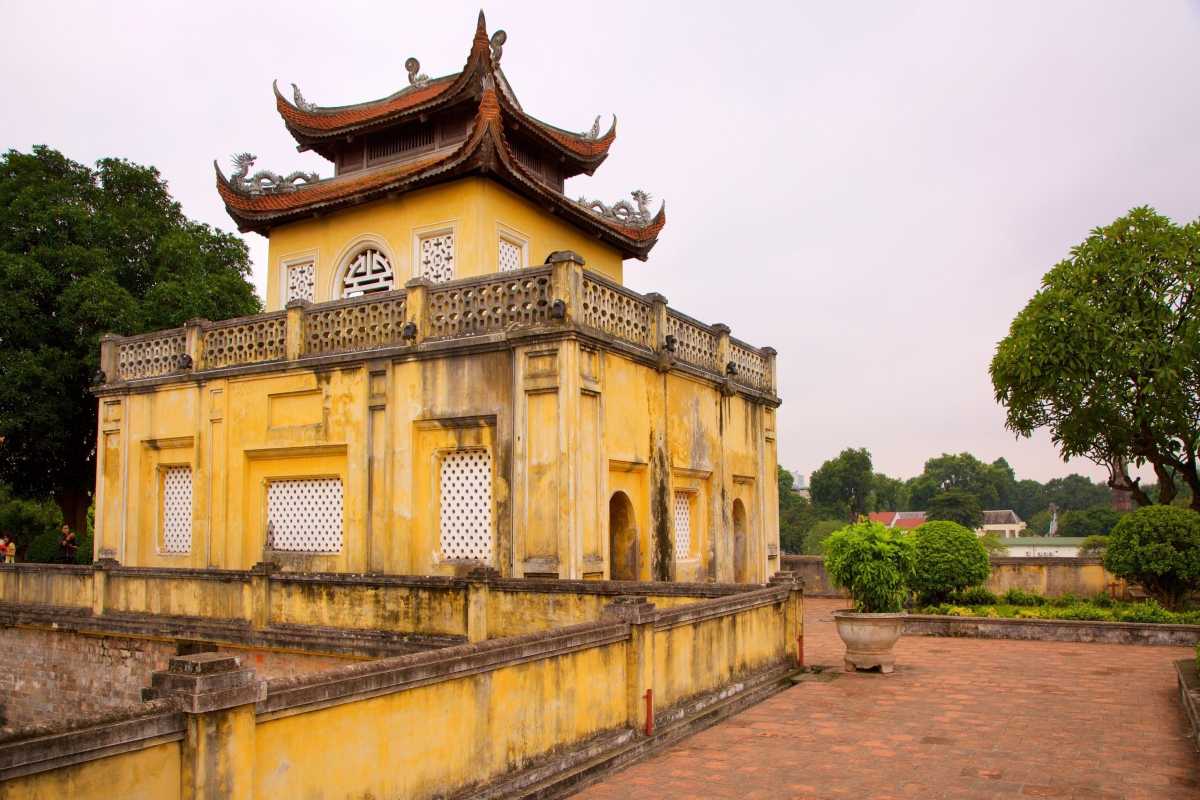
The Flag Tower of Hanoi
The Flag Tower of Hanoi is one of the most recognizable symbols of Vietnamese history and an enduring landmark of the Imperial Citadel of Thang Long. Originally built in the 19th century, this tower was part of the citadel's military defenses and served as a watchtower. Today, it stands proudly as a symbol of Vietnam’s independence and resilience, with its towering flagpole constantly fluttering the national flag.
The Flag Tower of Hanoi offers visitors a chance to admire both its historical significance and architectural beauty, as well as stunning views of the surrounding area.
Explore the Flag Tower of Hanoi, a defining landmark of Vietnam’s royal and military history.

Hoang Thanh Thang Long Exhibition House
Located within the citadel, the Hoang Thanh Thang Long Exhibition House is an essential stop for those seeking a deeper understanding of the citadel’s history. The museum houses a wealth of exhibits that narrate the story of the Imperial Citadel of Thang Long, from its royal origins to its role as a cultural and political hub. Visitors can immerse themselves in various thematic displays, including artifacts from the Ly Dynasty and beyond.
At the Hoang Thanh Thang Long Exhibition House, you’ll experience Vietnam’s dynastic history in a rich, visually engaging way.
Discover the compelling exhibitions at the Hoang Thanh Thang Long Exhibition House to explore the cultural heritage of Vietnam.
Artifact Displays and Interactive Exhibits
The Hoang Thanh Thang Long Exhibition House offers a variety of interactive exhibits and artifact displays that bring the citadel’s history to life. Visitors can engage with the artifacts in a hands-on manner, deepening their understanding of the past.
- Ancient Ceramics: A collection of ancient Vietnamese ceramics, reflecting the cultural exchanges between Vietnam and neighboring countries.
- Bronze Tools and Weapons: Displays showcasing the weapons used by royal armies during various dynastic periods.
- Interactive Screens: Digital exhibits allow visitors to explore the citadel’s history through engaging visuals and multimedia presentations.
- Historical Inscriptions: Visitors can view important royal decrees and inscriptions found in the citadel’s walls and underground areas.
These artifact displays Imperial Citadel offer an enriching educational experience for all visitors.
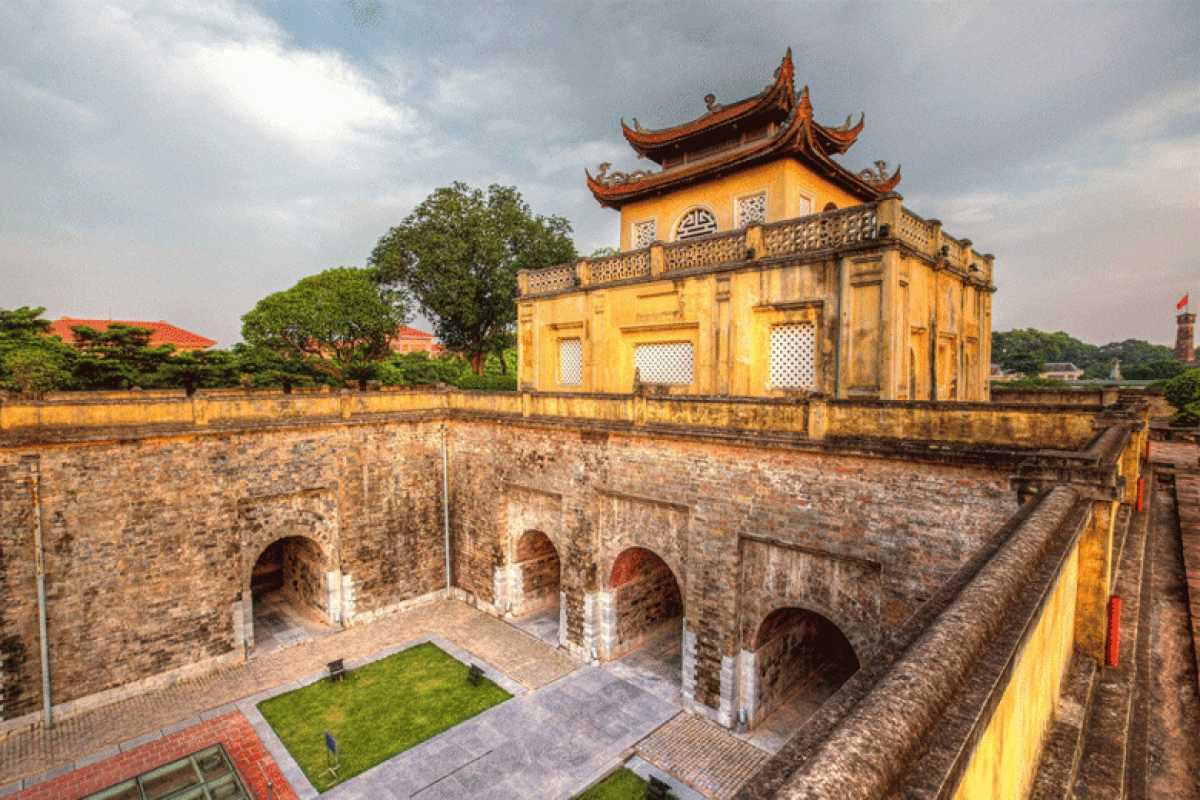
Archaeological Site and Ruins
The archaeological site Hanoi at the Imperial Citadel of Thang Long offers a fascinating journey back in time, revealing remnants of ancient structures and artifacts that have shaped the history of Vietnam. The citadel's ruins provide critical insight into its past, including the military, cultural, and administrative functions it once served. As you walk through the site, you'll discover not only physical ruins but also the untold stories of the civilizations that once thrived there. The site is open to visitors who wish to explore its profound historical layers and their significance in Vietnam’s long-standing heritage.
Explore the rich layers of history preserved in the archaeological site Hanoi, where every corner tells the story of Vietnam’s ancient dynasties.
Layout and Visitor Pathways
Navigating the Imperial Citadel allows visitors to experience its historical layout and witness the ruins in context. The archaeological site is carefully laid out to guide visitors through significant areas that have been uncovered, making it easier to explore and appreciate its historical importance.
- Entrance and Main Courtyard: Start your exploration at the main entrance, where the first layers of the citadel's foundations are visible.
- Flag Tower: A short walk from the entrance, offering stunning views of the citadel’s layout and surrounding areas.
- Royal Palace Remnants: Explore the remains of the royal palace and its surrounding walls.
- Excavation Pits: Witness ongoing excavations that uncover more about the citadel’s long history.
The visitor pathways Imperial Citadel are designed to give you access to the most crucial ruins and artifacts for a rewarding historical experience.
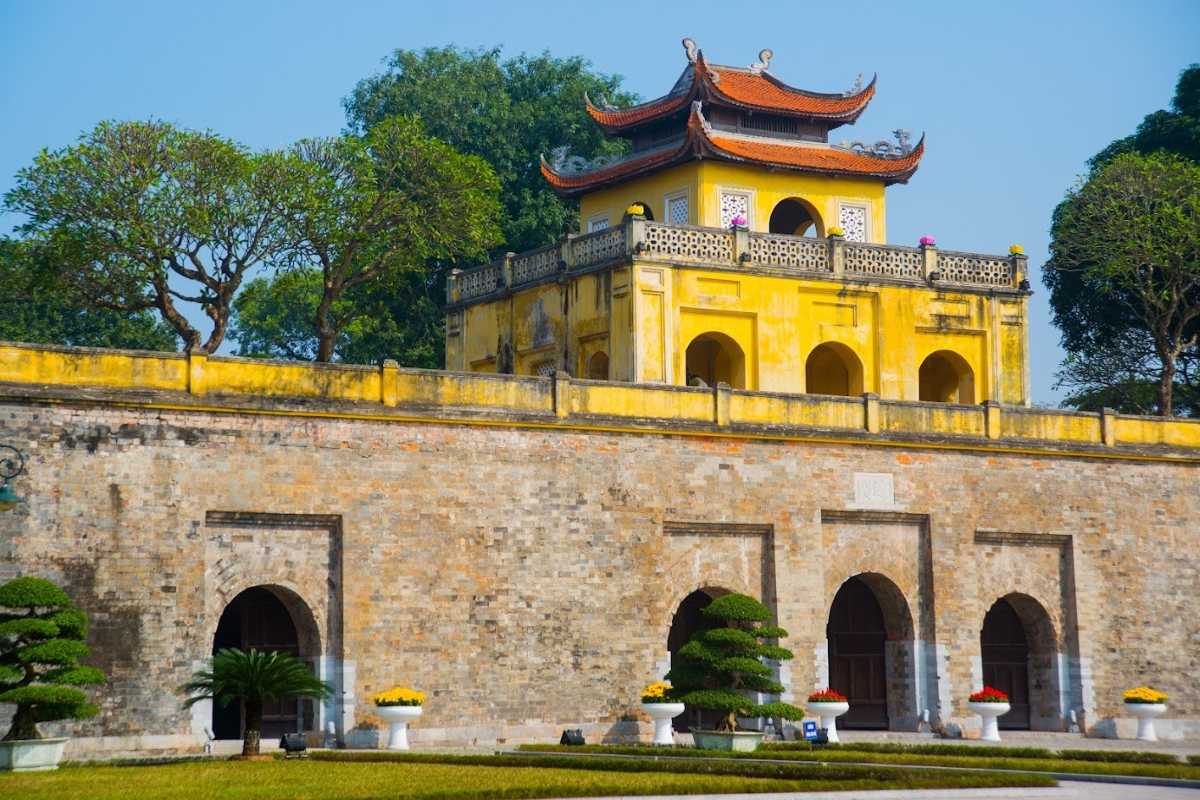
Cultural and Historical Exhibitions
The Cultural exhibitions Imperial Citadel offer a dynamic way for visitors to understand the citadel’s past through interactive displays and curated collections. These exhibitions are both permanent and temporary, showcasing everything from ancient artifacts to modern interpretations of the citadel’s historical impact. Visitors will find the exhibits engaging and educational, enriching their understanding of Vietnamese heritage and the citadel’s significance as a royal center.
Explore the captivating historical exhibitions Imperial Citadel to deepen your connection with Vietnam's rich history.
Multimedia Presentations and Educational Materials
To enhance the visitor experience, the Imperial Citadel of Thang Long offers multimedia presentations and educational materials that make history come alive. These digital and interactive tools provide visitors with a deeper understanding of the citadel’s past, blending visual, auditory, and tactile experiences.
- Interactive Touchscreens: Digital panels that showcase the citadel’s architectural evolution and historical events.
- Audio Guides: Available in multiple languages to offer insights at your own pace.
- Virtual Reality Tours: Take a 360-degree journey through the citadel as it appeared in different historical periods.
- Educational Booklets: Available on-site for visitors who want to delve deeper into the citadel’s history.
These multimedia presentations Thang Long make the citadel’s complex history accessible and engaging for all visitors.
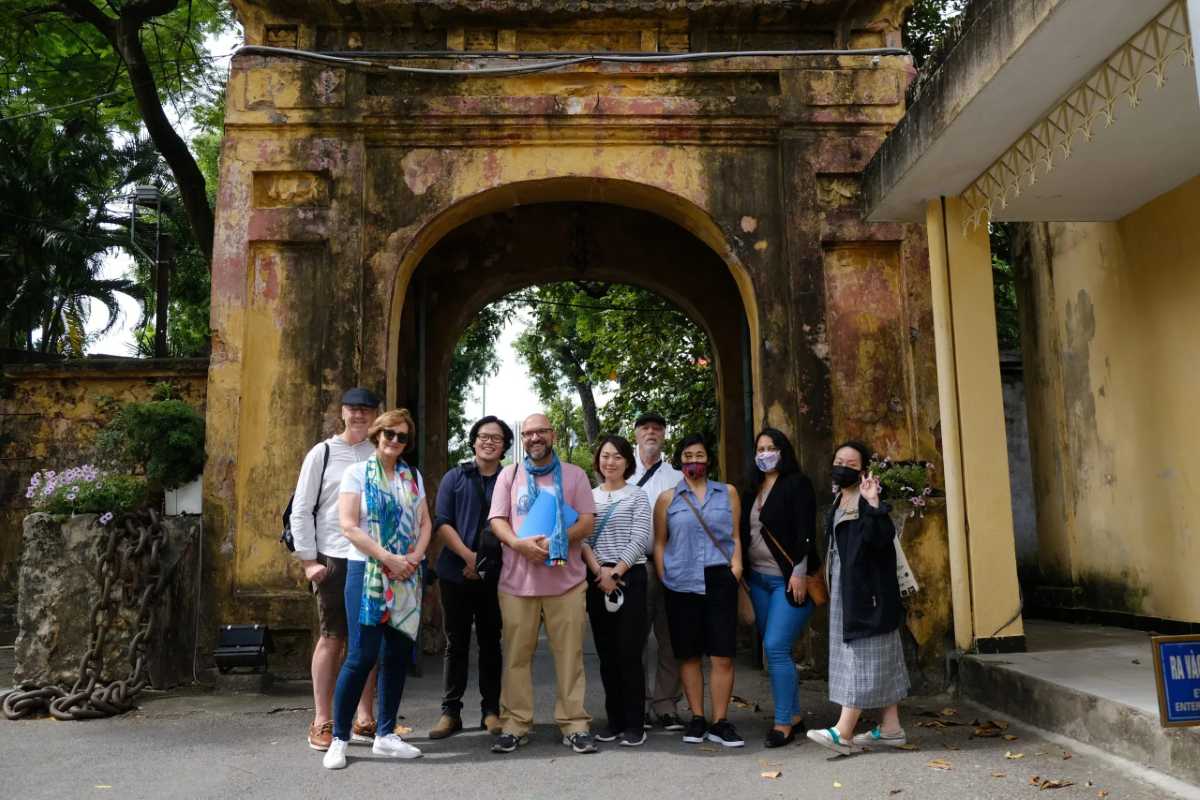
Activities and Experiences at the Imperial Citadel
The Imperial Citadel of Thang Long offers a variety of activities and experiences that make it a truly engaging destination. Whether you're exploring through guided tours, attending cultural performances, or participating in educational workshops, there’s something for every visitor. This section will introduce you to the diverse opportunities to immerse yourself in the citadel’s rich history and vibrant cultural scene. These activities provide a deeper understanding of the site’s significance while making your visit more memorable.
Discover the range of activities and experiences at the Imperial Citadel of Thang Long to enhance your visit and plan your itinerary accordingly.
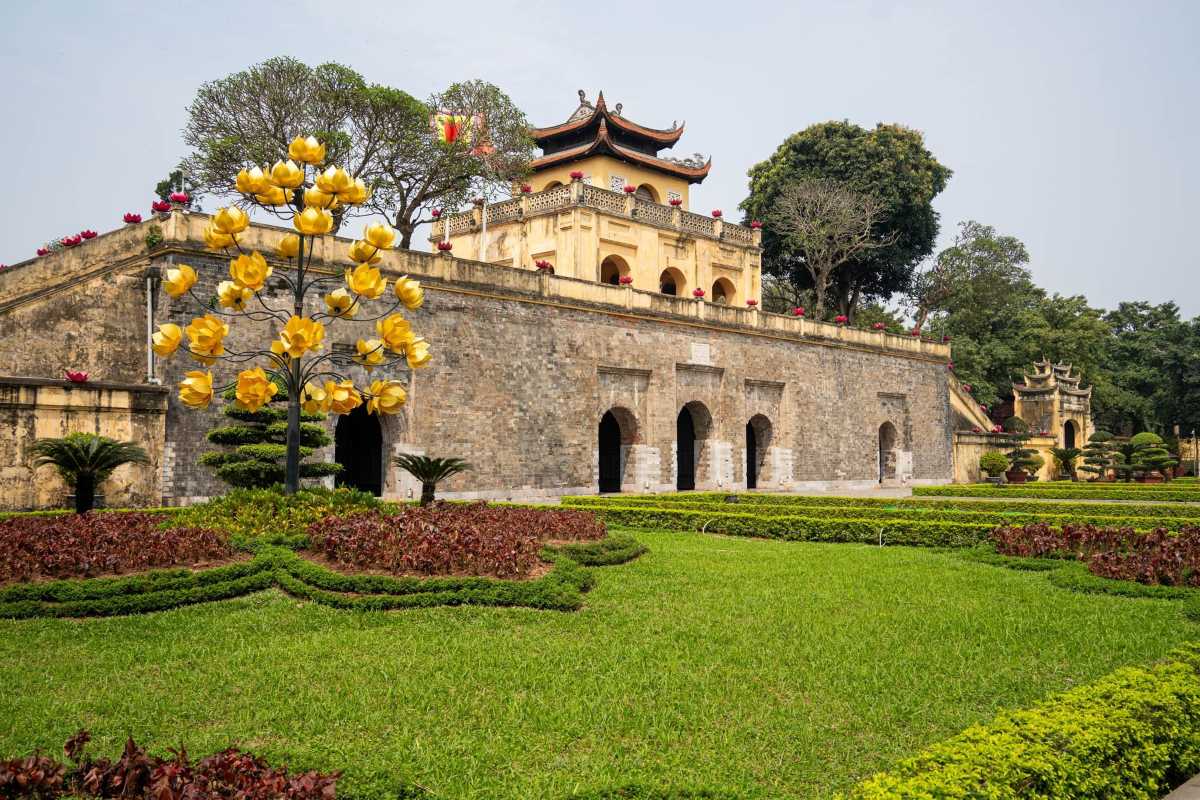
Guided and Self-Guided Tours
Visiting the Imperial Citadel of Thang Long can be an enriching experience with either a guided tour or a self-guided tour. Guided tours offer in-depth knowledge of the citadel’s history and features, led by experts who provide context, stories, and details not typically found in guidebooks. On the other hand, self-guided tours allow you to explore the citadel at your own pace, with the flexibility to spend more time at areas that interest you most.
Learn about the different tour options and how to book your experience at the Imperial Citadel Hanoi.
Types of Tours Available (Language Options, Themes)
The Imperial Citadel of Thang Long offers a variety of tours to suit different interests and preferences. Choose from:
- Guided Tours: Available in multiple languages, including English, Vietnamese, and French, to accommodate international visitors.
- Cultural Tours: Focus on the citadel's historical and architectural features, exploring its role as a royal seat.
- Thematic Tours: Special tours based on themes like military history, royal life, or architectural evolution.
Find the perfect tour for your interests and ensure an enriching experience at the Imperial Citadel of Thang Long.
Booking Methods and Recommendations
Booking a tour at the Imperial Citadel of Thang Long is straightforward, with several methods available:
- On-site Booking: Purchase tickets directly at the citadel’s entrance, though availability may be limited during peak hours.
- Online Booking: Save time by booking your tour in advance through official websites or third-party services.
- Group Tours: For groups, advanced reservations are highly recommended to secure availability and better pricing.
Ensure a smooth visit by booking tours Imperial Citadel Hanoi ahead of time.
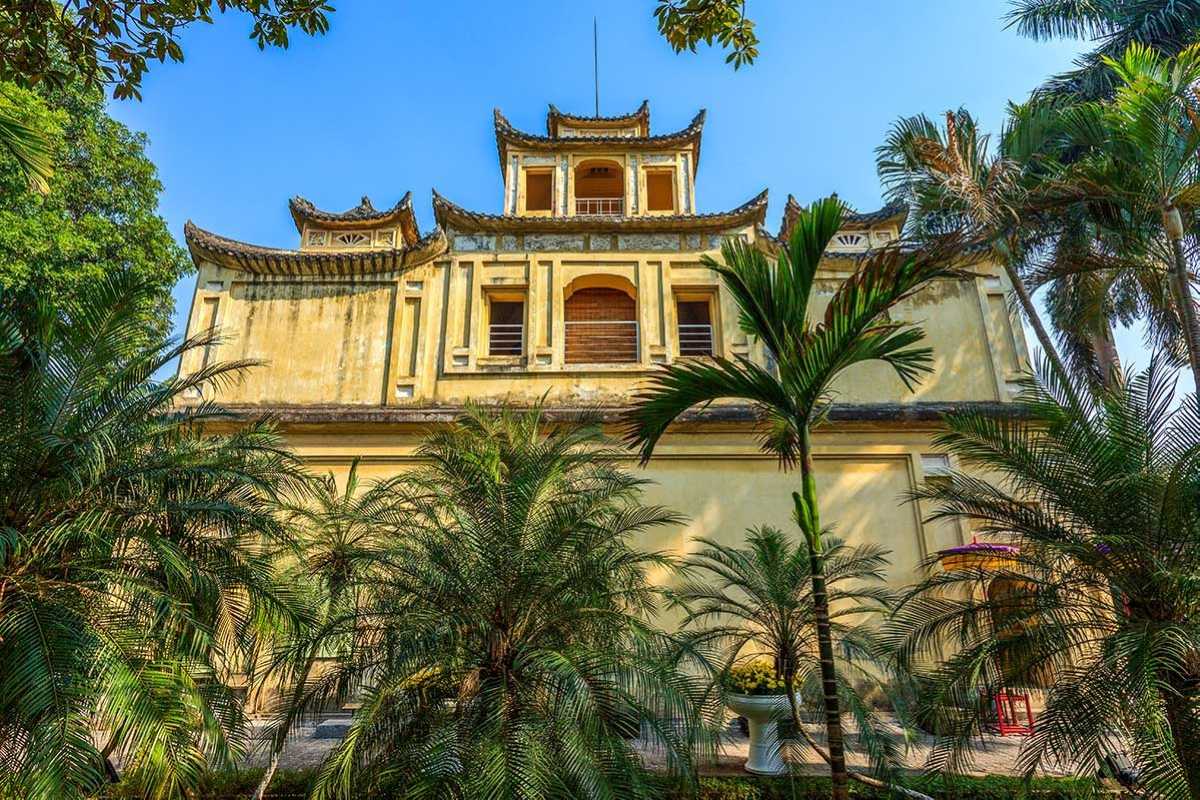
Cultural Performances and Special Events
The Imperial Citadel of Thang Long hosts a variety of cultural performances and special events that allow visitors to experience the richness of Hanoi’s traditions and history. From annual festivals to traditional music and dance shows, these events bring the citadel to life, offering a deeper cultural immersion. Whether you’re visiting for a specific celebration or simply to enjoy local performances, there’s always something happening at the citadel that enhances your experience.
Don't miss out on the vibrant cultural performances and special events that bring the Imperial Citadel of Thang Long to life, and plan your visit accordingly.
Annual Thang Long Festival Highlights
The Thang Long Festival Hanoi is a major annual event celebrated at the Imperial Citadel of Thang Long, bringing together cultural performances, historical reenactments, and festive activities. This festival marks the founding of Hanoi and celebrates its rich history, attracting visitors from around the world. The festival is a vibrant mix of traditional music, dance, and theatrical performances, with participants showcasing Hanoi’s cultural heritage.
Key highlights of the Thang Long Festival include:
- Traditional Performances: Including classical music and traditional dance from various ethnic groups of Vietnam.
- Cultural Exhibits: Explore historical reenactments and exhibitions focusing on Vietnamese history.
- Ceremonial Parades: Experience the grandeur of Hanoi’s cultural pageantry, including flag-raising ceremonies and royal processions.
Plan your visit around the Thang Long Festival Hanoi to experience the citadel’s cultural heartbeat.
Traditional Music and Dance Shows
In addition to its historical significance, the Imperial Citadel of Thang Long is a vibrant venue for traditional music and dance shows. These performances allow visitors to connect with Vietnam's deep cultural roots and experience the artistic expressions that have shaped the country’s heritage. The citadel hosts various live shows throughout the year, especially during major festivals and public holidays.
Popular shows at the citadel include:
- Traditional Vietnamese Music: Featuring live performances of Vietnamese folk music, including hat xam and quan ho.
- Classical Dance: Theatrical dance performances depicting Vietnamese legends and royal history.
- Seasonal Performances: Special performances during the Lunar New Year and Thang Long Festival.
Immerse yourself in Hanoi’s rich cultural traditions with these captivating dance shows Imperial Citadel and music performances.
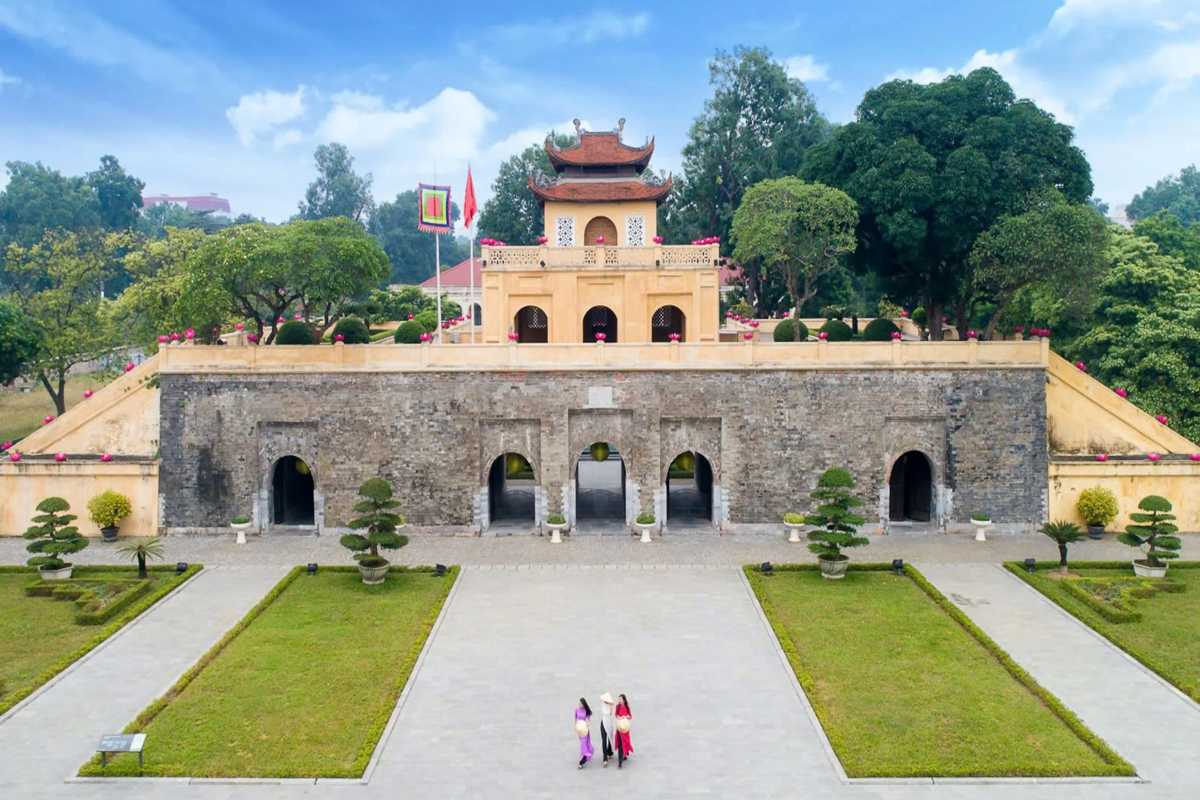
Educational Workshops and Programs
The Imperial Citadel of Thang Long offers a range of educational workshops and programs designed for students, history enthusiasts, and anyone interested in deepening their understanding of Vietnam’s past. These programs are designed to make the citadel’s rich history more accessible and engaging. Whether you’re a local student or a visiting scholar, the citadel’s educational offerings are ideal for those looking to connect more deeply with the cultural and historical significance of this UNESCO World Heritage site.
Take advantage of the educational workshops Imperial Citadel to explore Vietnamese history through hands-on learning experiences.
Opportunities for Students and History Enthusiasts
For those with a keen interest in history, the Imperial Citadel of Thang Long offers specialized workshops and programs tailored to various age groups and educational levels. These programs provide an immersive way to engage with the citadel’s artifacts and cultural heritage.
- Student Programs: Guided history workshops and interactive lessons designed for school groups.
- History Enthusiast Workshops: In-depth sessions for adults focused on specific topics like Vietnamese dynasties or archaeological discoveries.
- Special Lectures and Events: Monthly lectures by historians or cultural experts on the Imperial Citadel of Thang Long’s historical context.
Contact the citadel’s education department to sign up for these history workshops Hanoi and enhance your visit with deeper cultural engagement.
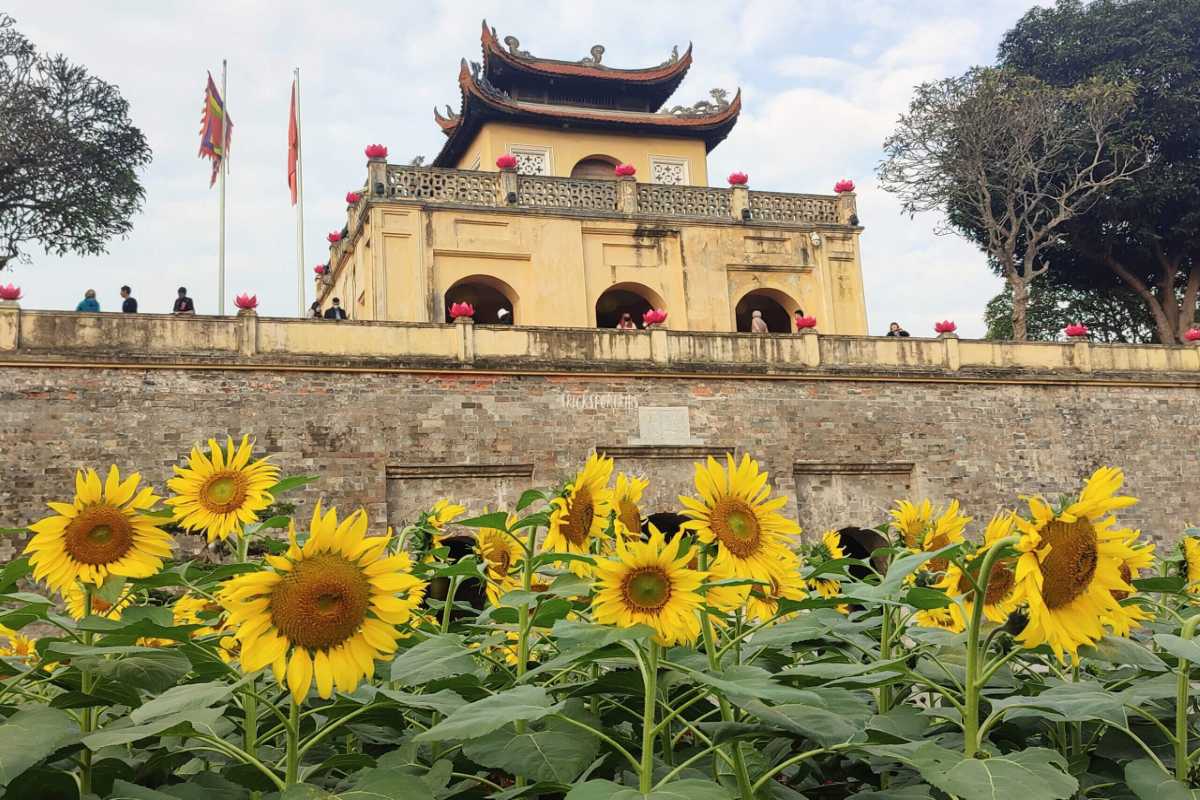
Surrounding Attractions and Complementary Sites
The Imperial Citadel of Thang Long is not only a historical gem in the heart of Hanoi, but it is also surrounded by several significant cultural and historic sites. These nearby attractions offer visitors a chance to delve deeper into Hanoi’s rich heritage and vibrant atmosphere. From Ba Dinh Square to Hoan Kiem Lake, each site offers a unique experience that complements a visit to the citadel. By exploring these surrounding landmarks, you’ll get a fuller sense of the cultural and historical tapestry of the city.
Discover nearby attractions near Imperial Citadel Hanoi and enhance your visit with these must-see landmarks.
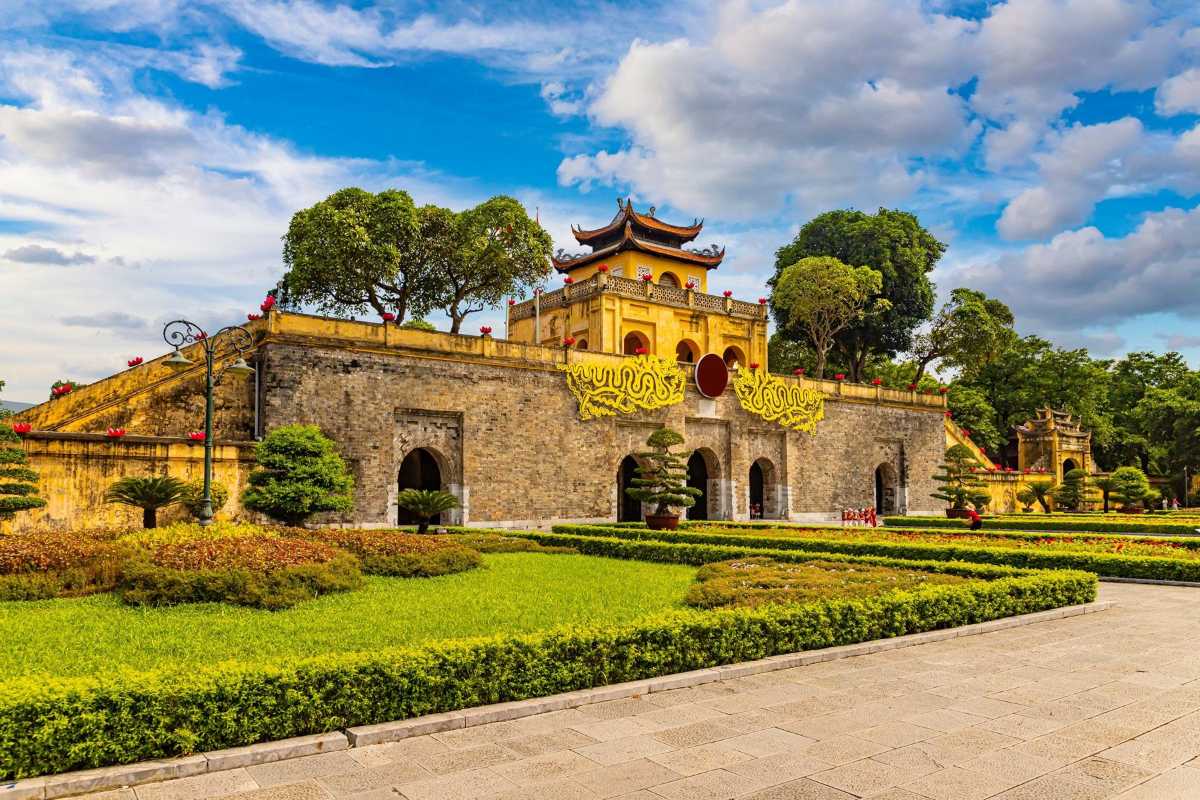
Ba Dinh Square and Ho Chi Minh Mausoleum
Ba Dinh Square and the Ho Chi Minh Mausoleum are two of Hanoi’s most important landmarks, offering visitors insight into Vietnam’s political and historical legacy. Ba Dinh Square is where Ho Chi Minh declared independence in 1945, marking it as a pivotal site in the nation’s history. The Ho Chi Minh Mausoleum, located at the square, houses the embalmed body of Ho Chi Minh and is a place of deep reverence for Vietnamese citizens.
- Ba Dinh Square: A historic square surrounded by government buildings and the Mausoleum, often used for political events and celebrations.
- Ho Chi Minh Mausoleum: A solemn site for honoring Vietnam's founding leader, where visitors can pay their respects.
If you’re in the area, visiting the Ho Chi Minh Mausoleum and exploring Ba Dinh Square is a must to understand the political heart of Vietnam.
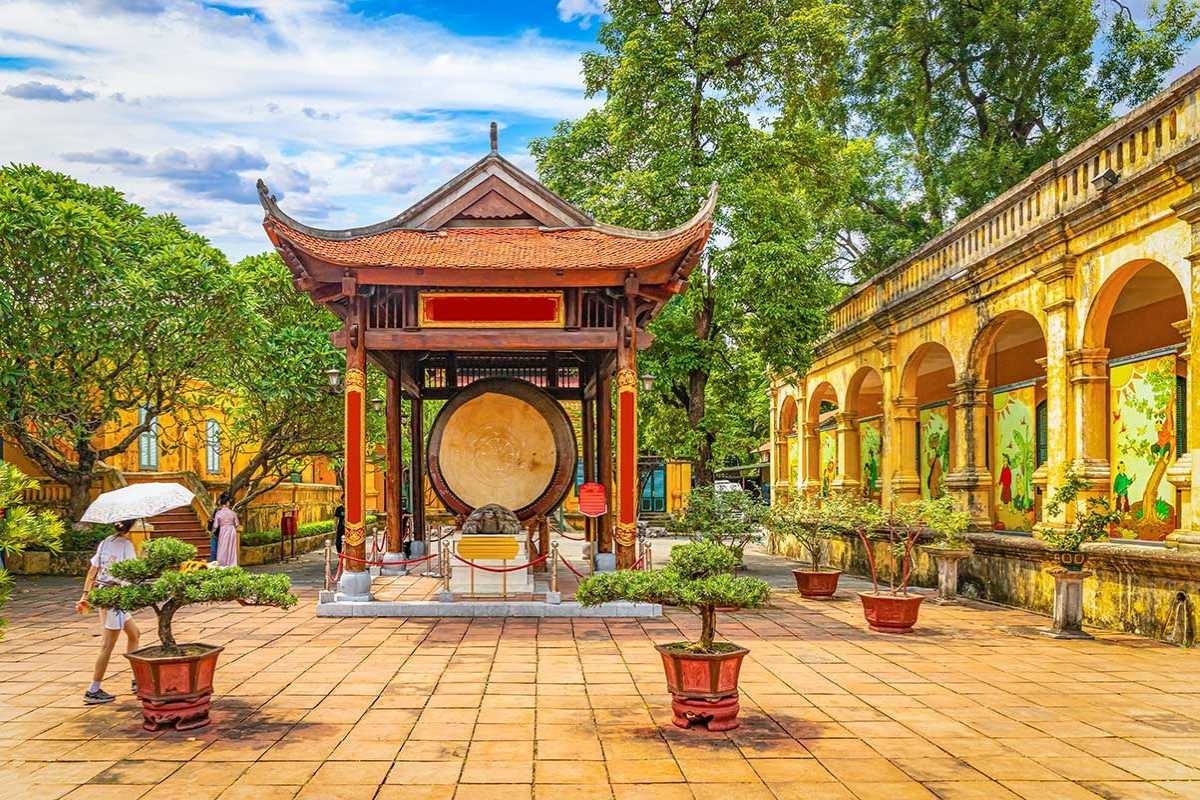
One Pillar Pagoda and Nearby Temples
Just a short distance from the Imperial Citadel of Thang Long, the One Pillar Pagoda is one of Hanoi’s most iconic Buddhist temples. Built in the 11th century under the Ly Dynasty, the pagoda is famous for its unique architectural design, resembling a lotus flower emerging from a pond. The One Pillar Pagoda holds significant cultural and religious importance in Vietnam and is a peaceful retreat for visitors exploring the spiritual side of the city.
Other nearby Buddhist temples Hanoi further enrich this spiritual journey, making this area an essential stop for those interested in Vietnamese religious practices.
Visit the One Pillar Pagoda and surrounding temples to immerse yourself in Hanoi’s spiritual and cultural history.
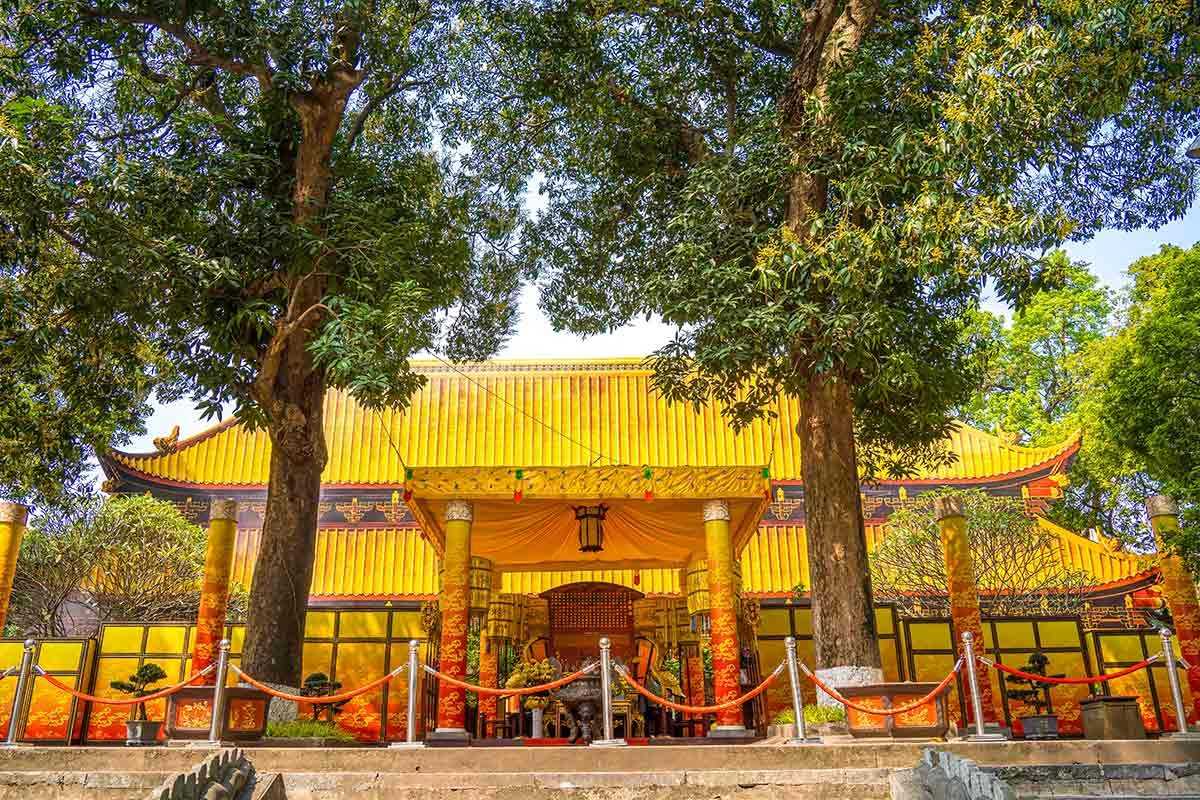
Hanoi Old Quarter and Hoan Kiem Lake
The Hanoi Old Quarter and Hoan Kiem Lake are two of Hanoi’s most lively and culturally rich areas, just a short walk from the Imperial Citadel of Thang Long. The Old Quarter is a bustling maze of narrow streets, each representing one of Hanoi’s traditional trades. Hoan Kiem Lake is a peaceful and picturesque spot at the heart of the city, often associated with the legend of Le Loi and the magical sword. Together, these sites offer an immersive look into both the ancient and modern sides of Hanoi.
- Hanoi Old Quarter: Wander through the 36 streets, each named after a trade or craft.
- Hoan Kiem Lake: A serene lake in the center of Hanoi, perfect for relaxation and reflection.
Explore the historic and cultural charm of Hanoi Old Quarter and Hoan Kiem Lake for a more complete city experience.
Suggested Walking Routes Connecting Sites
If you're looking to explore more of Hanoi by foot, several walking routes near the Imperial Citadel of Thang Long connect key attractions. Here are a few routes to consider:
- Route 1: Imperial Citadel → Hoan Kiem Lake → Hanoi Old Quarter (Approx. 1.5 km, 15-20 min walk)
- Route 2: Imperial Citadel → Ba Dinh Square → Ho Chi Minh Mausoleum (Approx. 1 km, 10-15 min walk)
- Route 3: Imperial Citadel → One Pillar Pagoda → West Lake (Approx. 2 km, 25-30 min walk)
These walking routes near Imperial Citadel give you the best opportunity to explore Hanoi’s cultural and historic landmarks on foot.
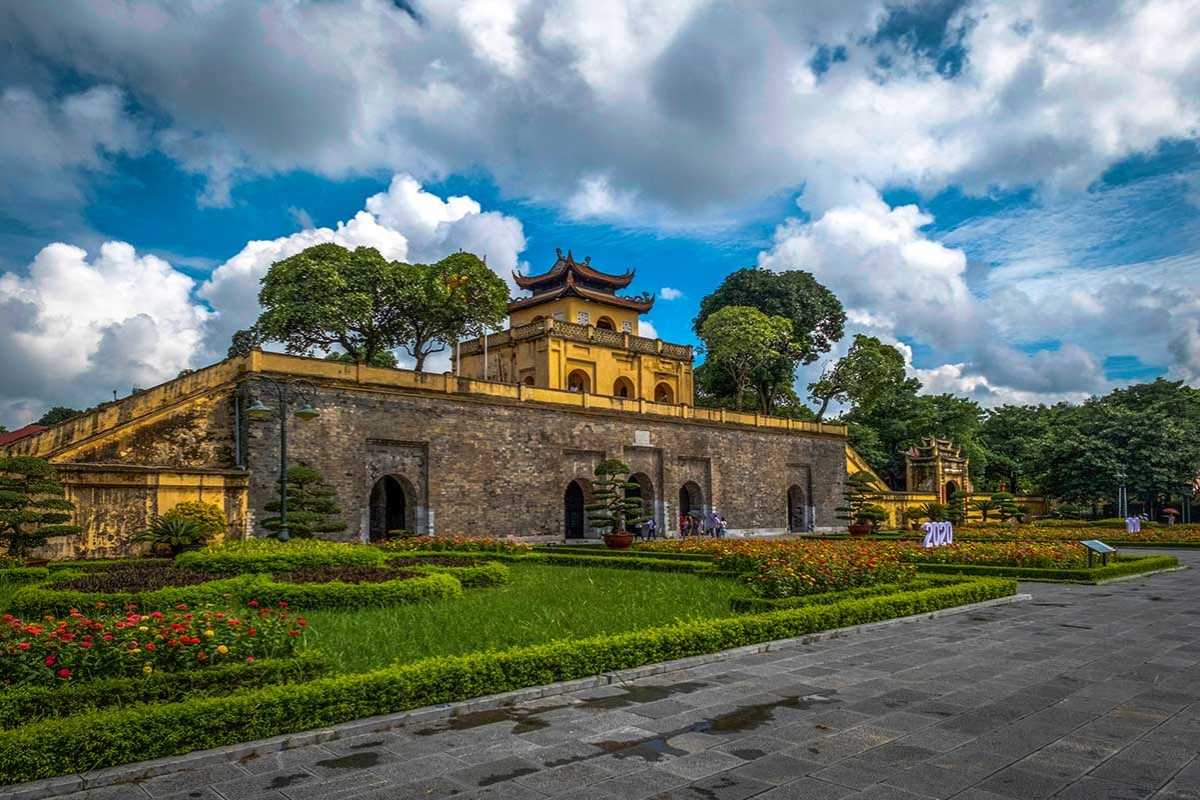
Museums and Cultural Centers Close By
Exploring museums in Hanoi and cultural centers near the Imperial Citadel of Thang Long will enrich your visit and deepen your understanding of Vietnamese history and culture. Several museums and cultural venues are within walking distance from the citadel, providing an opportunity to expand your cultural exploration. From ethnological displays to fine art exhibitions, these attractions complement the citadel’s historical narrative, offering an immersive experience of Hanoi’s diverse heritage.
Discover cultural centers in Hanoi and nearby museums to enhance your visit to the Imperial Citadel of Thang Long.
Vietnam Museum of Ethnology Overview
The Vietnam Museum of Ethnology is one of the most significant cultural institutions in Hanoi, offering a fascinating look into the ethnic diversity of Vietnam. Located just a short distance from the Imperial Citadel of Thang Long, this museum showcases the traditional lifestyles, crafts, and cultural practices of the country's many ethnic groups.
- Ethnographic Exhibits: The museum features over 54 ethnic groups in Vietnam, with both permanent and temporary displays.
- Outdoor Exhibits: Traditional houses from various regions of Vietnam are displayed in the museum's garden, providing a tangible sense of local architecture.
- Interactive Exhibits: Visitors can participate in cultural activities, such as weaving or pottery making, depending on the season.
- Visitor Information: The museum is open daily from 8:30 AM to 5:30 PM, with guided tours available in multiple languages.
Plan a visit to the Vietnam Museum of Ethnology for an educational and immersive experience about the country’s cultural heritage.
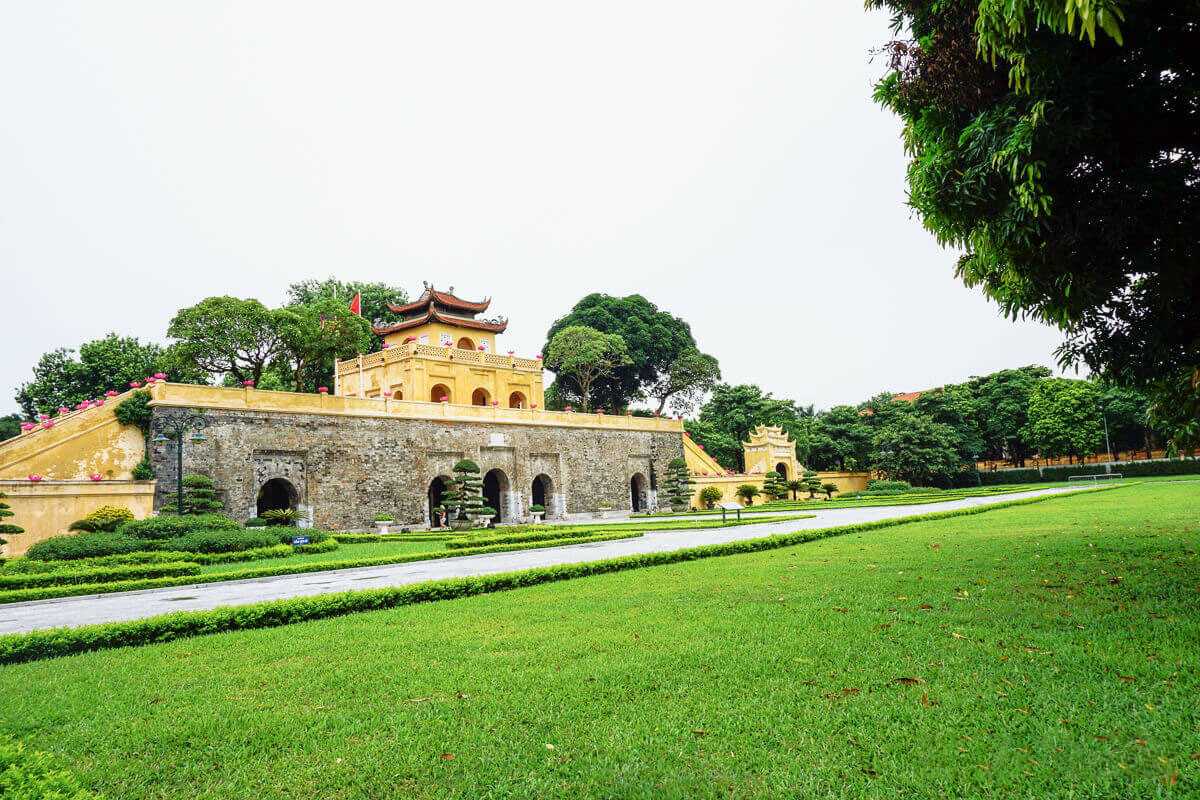
Conservation and Cultural Preservation Efforts
The Imperial Citadel of Thang Long stands as a testament to Vietnam’s rich cultural and historical heritage. To protect this valuable site, a series of concerted efforts from the government, UNESCO, and local communities have been put in place. These initiatives focus on preserving the citadel’s physical integrity, ensuring its cultural value is maintained for future generations. From international cooperation to ongoing archaeological research, these conservation efforts are pivotal in sustaining the citadel’s legacy.
Learn how conservation and cultural preservation efforts are keeping the Imperial Citadel of Thang Long intact for future visitors.
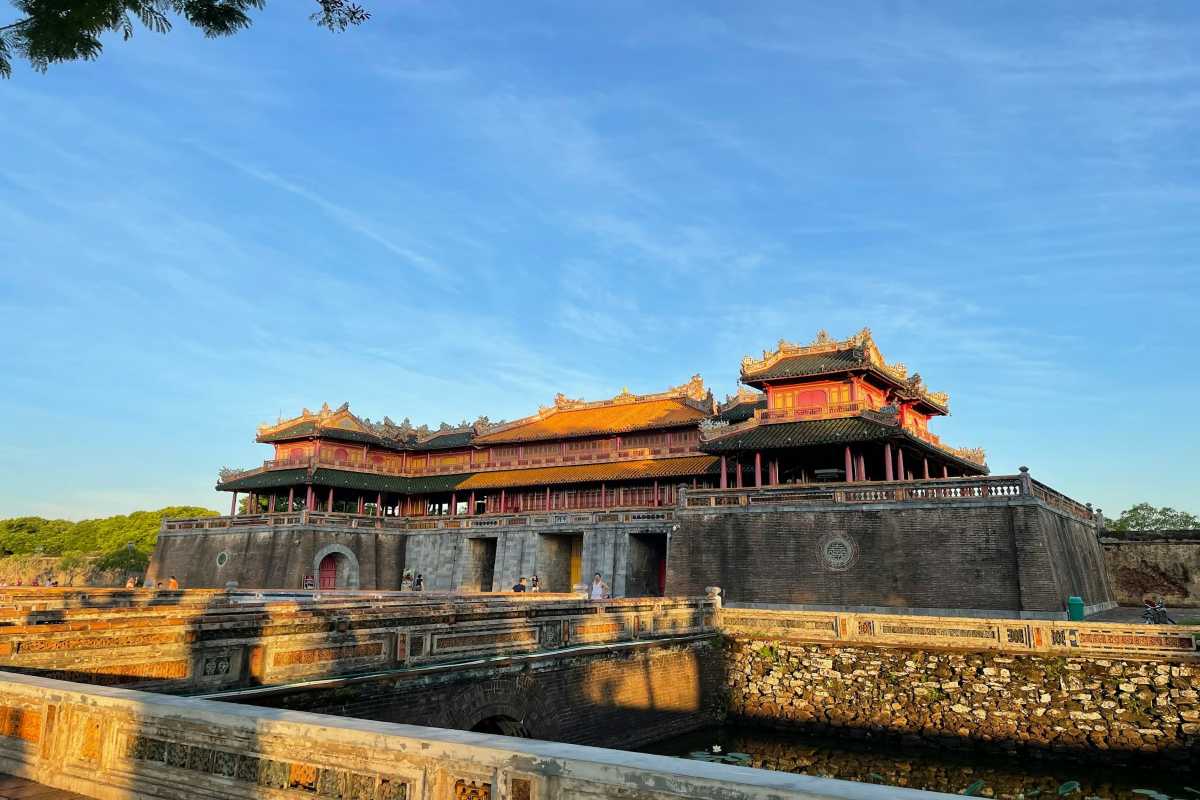
Government and UNESCO Initiatives
The preservation of the Imperial Citadel of Thang Long is largely supported by government programs and international efforts. In partnership with UNESCO, which recognized the site as a World Heritage Site, the Vietnamese government has implemented various measures to protect its historical and cultural significance. These efforts include site management plans, funding for conservation projects, and the establishment of educational outreach programs aimed at raising awareness about the citadel's value.
Key initiatives include:
- UNESCO Recognition: The citadel’s designation as a World Heritage Site in 2010 ensured international attention and funding.
- Vietnamese Government Support: National and local authorities are working together to fund and manage conservation efforts.
- Cultural Education: Programs aimed at educating both locals and tourists about the importance of preserving the site.
With continued global and local cooperation, the Imperial Citadel of Thang Long is preserved as an iconic symbol of Vietnam’s rich heritage.

Ongoing Archaeological Research
Archaeological research plays a vital role in uncovering the Imperial Citadel of Thang Long’s rich history. Ongoing excavations and studies help preserve the citadel's artifacts, which provide crucial insights into Vietnam’s dynastic past. These discoveries, along with scientific preservation techniques, ensure that valuable relics are properly maintained and shared with the public.
Recent research projects include:
- Excavations of Royal Artifacts: Unearthing items from the Ly Dynasty and other important periods.
- Artifact Preservation: Ongoing efforts to preserve ceramic and bronze items discovered in the citadel grounds.
- Structural Research: Studies focusing on the citadel’s architectural history to understand its transformation over centuries.
Learn how archaeological research Imperial Citadel uncovers the citadel’s past and supports its future preservation.

Visitor Impact Management and Sustainability Practices
As one of Hanoi’s most visited attractions, the Imperial Citadel of Thang Long faces the challenge of managing tourism impact while ensuring the site’s long-term preservation. Sustainable tourism practices are key to balancing visitor interest with the need for protection. The citadel’s management has implemented strategies to ensure that tourism enhances rather than harms the site.
Important measures include:
- Visitor Limits: Establishing guidelines on the number of visitors during peak seasons to prevent over-tourism.
- Eco-Friendly Practices: Implementing waste management and sustainable resource use to minimize the environmental footprint.
- Guided Tours: Offering structured tours to limit uncontrolled exploration and ensure proper handling of sensitive areas.
By practicing responsible tourism, visitors contribute to the continued preservation of this heritage site.

Community Engagement and Educational Outreach
The local community plays an essential role in the preservation of the Imperial Citadel of Thang Long. The citadel’s preservation efforts are not limited to technical work but also involve educating and involving local communities. Public engagement initiatives, including educational outreach programs, empower locals to understand the value of cultural heritage and participate in preservation efforts.
Key community-focused initiatives include:
- Educational Workshops: Programs aimed at students, local residents, and tourists to teach the significance of the citadel’s preservation.
- Cultural Events: Local festivals and performances that celebrate the citadel’s cultural importance while raising awareness about its history.
- Volunteer Programs: Opportunities for locals and visitors to participate in conservation activities and educational outreach.
Through these community engagement efforts, the Imperial Citadel of Thang Long continues to thrive as a cornerstone of Vietnamese culture.

Travel Tips and Recommendations
Visiting the Imperial Citadel of Thang Long is a captivating experience, but with a little preparation, you can make the most of your trip. From planning your visit during the least crowded hours to knowing what to bring, these travel tips will help you maximize your time and ensure a smooth, enjoyable visit. Whether you're visiting for the history, architecture, or cultural events, this guide will give you all the practical advice you need to fully experience the citadel’s grandeur.
Plan your visit with travel tips for the Imperial Citadel of Thang Long to optimize your experience and avoid common mistakes.

How to Maximize Your Visit
To get the most out of your trip to the Imperial Citadel of Thang Long, careful planning is essential. Here are some tips for an optimal visit:
- Arrive Early: Get to the citadel right when it opens to avoid the crowds and enjoy a quieter, more peaceful experience.
- Choose the Right Tour: If you want a deeper understanding of the site, consider booking a guided tour to get expert insights.
- Take Your Time: Don’t rush through the site. Allow enough time to explore the visitor pathways Imperial Citadel and appreciate the historical and cultural significance of each feature.
- Check the Event Schedule: If you’re visiting during the Thang Long Festival or other cultural events, make sure to plan your visit around these special activities.
Follow these guided tour tips Imperial Citadel to make your visit as rewarding as possible.
Best Time Slots and Guided Tour Tips
To make the most of your visit to the Imperial Citadel of Thang Long, timing is key. Here are some guidelines for a smooth experience:
- Morning Visits: Arrive early to avoid peak crowd times. The citadel opens at 8:00 AM, making it an ideal time for early risers.
- Avoid Weekends: Weekends tend to attract more tourists. Plan your visit on weekdays for a more relaxed experience.
- Guided Tours: Opt for a guided tour if you’re short on time or want to delve into the citadel’s history more deeply. Tours are available in multiple languages, including English and Vietnamese.
- Tour Length: Allocate about 1.5 to 2 hours for a guided tour. For a self-guided visit, plan at least 2–3 hours to fully explore.
Use these guided tour tips Imperial Citadel to get the most value from your time at the site.

What to Bring and Prepare
To make your visit to the Imperial Citadel of Thang Long enjoyable and comfortable, it’s essential to prepare well in advance. Here’s a list of items you should bring with you to ensure that you have everything you need for a smooth experience:
- Comfortable Shoes: You’ll be doing a lot of walking, so sturdy, comfortable shoes are a must.
- Water Bottle: Stay hydrated during your visit, especially if you’re walking under the sun.
- Camera: Capture the breathtaking views and ancient architecture.
- Sunscreen and Hat: Protect yourself from the sun, especially if you’re visiting in the summer.
- Map or Guidebook: If you’re not taking a guided tour, bring a map or a guidebook to help you navigate the citadel.
- Personal Identification: Always carry your ID in case of any emergencies.
Make sure to prepare these essentials to ensure a hassle-free visit to the Imperial Citadel.
Dress Code, Footwear, and Weather Gear
To respect the cultural site and stay comfortable, it’s important to dress appropriately when visiting the Imperial Citadel of Thang Long. Here’s what you should consider for your clothing and gear:
- Dress Modestly: As the citadel is a historical and cultural site, it’s recommended to wear modest clothing. Avoid revealing outfits out of respect for local customs.
- Comfortable Footwear: Due to the amount of walking and uneven surfaces, wear sturdy, closed-toe shoes.
- Weather-Appropriate Clothing: If visiting during summer, lightweight, breathable clothing is ideal. For winter visits, bring a light jacket, as Hanoi can be cool in the colder months.
- Rain Gear: Bring an umbrella or raincoat if visiting during the rainy season (May to October).
These tips will help ensure that you’re both comfortable and respectful while enjoying the Imperial Citadel of Thang Long.

Safety and Etiquette Guidelines
When visiting the Imperial Citadel of Thang Long, it’s important to keep safety and cultural etiquette in mind. These guidelines ensure that you have a safe and respectful visit while enjoying the rich history and culture of Hanoi. Here are some key safety guidelines and cultural norms to follow:
- Stay Hydrated: The weather in Hanoi can get hot, especially during summer months, so make sure to drink plenty of water.
- Watch Your Step: The citadel’s grounds can be uneven, so be mindful of where you walk, especially in the areas with archaeological excavations.
- Respect the Environment: Don’t litter or disturb the natural surroundings of the site.
- Keep Personal Belongings Secure: As a popular tourist destination, always keep your belongings close to avoid theft.
- Follow Instructions: Listen to the guides and staff members, particularly in restricted or sensitive areas.
These safety guidelines Imperial Citadel will help ensure that your visit is both enjoyable and safe.
Respecting the Site and Cultural Norms
Respecting local customs and the site’s rules is crucial when visiting the Imperial Citadel of Thang Long. Here are some key cultural norms to follow:
- Dress Modestly: As the citadel is a cultural and historical site, avoid wearing revealing clothing to show respect for the local culture.
- No Loud Noises: Keep noise levels to a minimum. The Imperial Citadel is a sacred and serene space.
- Ask Before Taking Photos: Some areas of the citadel may have restrictions on photography, so always ask before taking photos, especially in sacred or private areas.
- Respect Historical Artifacts: Do not touch or disturb the historical artifacts and exhibits in the museum or on the site.
Following these etiquette Imperial Citadel guidelines ensures that you’re being respectful to the cultural heritage of Vietnam.

Ideal Visit Duration and Combining Nearby Attractions
To get the most out of your visit to the Imperial Citadel of Thang Long, it’s important to allocate enough time and consider nearby attractions for a more comprehensive experience. The citadel alone offers plenty to see, but combining it with other cultural sites nearby makes for a fuller Hanoi experience.
- Visit Duration: Plan for at least 2 to 3 hours to explore the citadel’s various sections, including the Flag Tower and Hoang Thanh Thang Long Exhibition House.
- Combine with Nearby Attractions: After your visit, head to nearby sites like Ba Dinh Square and Ho Chi Minh Mausoleum, or take a short walk to Hoan Kiem Lake and the Hanoi Old Quarter for a deeper dive into the city’s culture and history.
- Nearby Museums: Consider visiting the Vietnam Museum of Ethnology to further enrich your understanding of Vietnamese culture.
Plan an efficient and satisfying visit by combining the Imperial Citadel with these nearby attractions near Imperial Citadel Hanoi.

Conclusion and Final Thoughts
The Imperial Citadel of Thang Long is not only a symbol of Hanoi’s past but a vital piece of Vietnam’s living history. Its cultural, architectural, and political significance has shaped Hanoi’s cultural identity for centuries. A visit to the citadel offers a profound connection to the country’s dynastic past and cultural heritage. As you explore the site, you’ll gain a deeper appreciation for the vibrant history of Vietnam, inspiring you to continue exploring all that this magnificent country has to offer.
Take the time to explore Hanoi cultural sites and experience Vietnam’s history firsthand for an enriching travel experience.

The Imperial Citadel’s Role in Hanoi’s Cultural Identity
The Imperial Citadel of Thang Long is deeply ingrained in Hanoi’s cultural identity. As a symbol of Vietnam's imperial history, the citadel reflects the historical strength and cultural richness of the city. Its role in shaping the city’s development cannot be overstated, with every stone and artifact telling a story of Vietnam’s dynastic rule. As visitors stand within its walls, they are not just looking at a monument but at a living testament to the soul of Hanoi.
Explore how the Imperial Citadel of Thang Long continues to shape and embody Hanoi’s heritage, making it a key player in the city’s cultural landscape.

Explore Beyond the Site
While the Imperial Citadel of Thang Long offers an incredible journey through history, Hanoi is home to many more cultural gems that await discovery. From the serene Hoan Kiem Lake to the lively streets of the Hanoi Old Quarter, the city is a treasure trove of cultural landmarks and experiences. Expand your itinerary to explore these historical neighborhoods and get a deeper sense of the city’s rich cultural heritage.
Take a walk through Hanoi cultural sites, and let the city’s vibrant atmosphere guide you toward further exploration.

Experience Vietnam’s Rich History Firsthand
To truly connect with Vietnam’s heritage, there’s no substitute for experiencing it firsthand. The Imperial Citadel of Thang Long is just the beginning. By traveling through Vietnam’s cities and villages, you’ll engage with the culture in ways that go beyond any guidebook. From the ancient temples in the north to the bustling streets of Ho Chi Minh City in the south, each part of the country offers unique stories waiting to be discovered.
Make the decision to visit Vietnam and experience the country’s rich history firsthand for a journey like no other.
Mike Nguyen
Travel Advisor
Mobile: +84917506881 (whatsapp available)
Email: contact@asiatravellinks.com
Faqs
The Imperial Citadel of Thang Long is a UNESCO World Heritage site located in Hanoi, Vietnam. It was the political center of the country for over 1,000 years, serving as the royal residence during several dynasties. The citadel is a rich historical landmark, reflecting the cultural and architectural evolution of Vietnam.
- Former capital of various Vietnamese dynasties.
- A UNESCO World Heritage site since 2010.
- Contains significant archaeological findings.
- Offers a glimpse into Vietnam’s dynastic past and its royal architecture.
Visiting the Imperial Citadel of Thang Long will give you an enriching historical experience, allowing you to witness the site’s deep cultural roots and architectural beauty.
To reach the Imperial Citadel of Thang Long, visitors can use various transport options depending on their preference and convenience.
- Public Transport: Buses 09, 34, and 47 have stops near Ba Dinh Square.
- Taxi/Ride-Hailing: Easily accessible via taxis or ride-hailing services like Grab in Hanoi.
- Walking: If you’re staying in the Hanoi Old Quarter, the citadel is just a 20-minute walk away, passing through picturesque streets.
Getting to the Imperial Citadel of Thang Long is simple with various options catering to different needs, whether you're traveling by bus, taxi, or on foot.
The Imperial Citadel of Thang Long is open daily, allowing visitors ample time to explore its rich historical grounds.
- Opening Hours: 8:00 AM – 5:00 PM daily.
- Closed on specific national holidays.
- Best to visit in the morning to avoid crowds.
Plan your visit early to fully experience the citadel’s exhibits and outdoor areas before it gets too crowded.
Yes, there are entry fees to visit the Imperial Citadel of Thang Long, which help support its maintenance and preservation.
- General Admission: 30,000 VND for adults.
- Student Discount: 15,000 VND.
- Free for children under 6 years.
The entry fee is quite affordable, and it provides access to various areas within the citadel, including exhibitions and archaeological sites.


